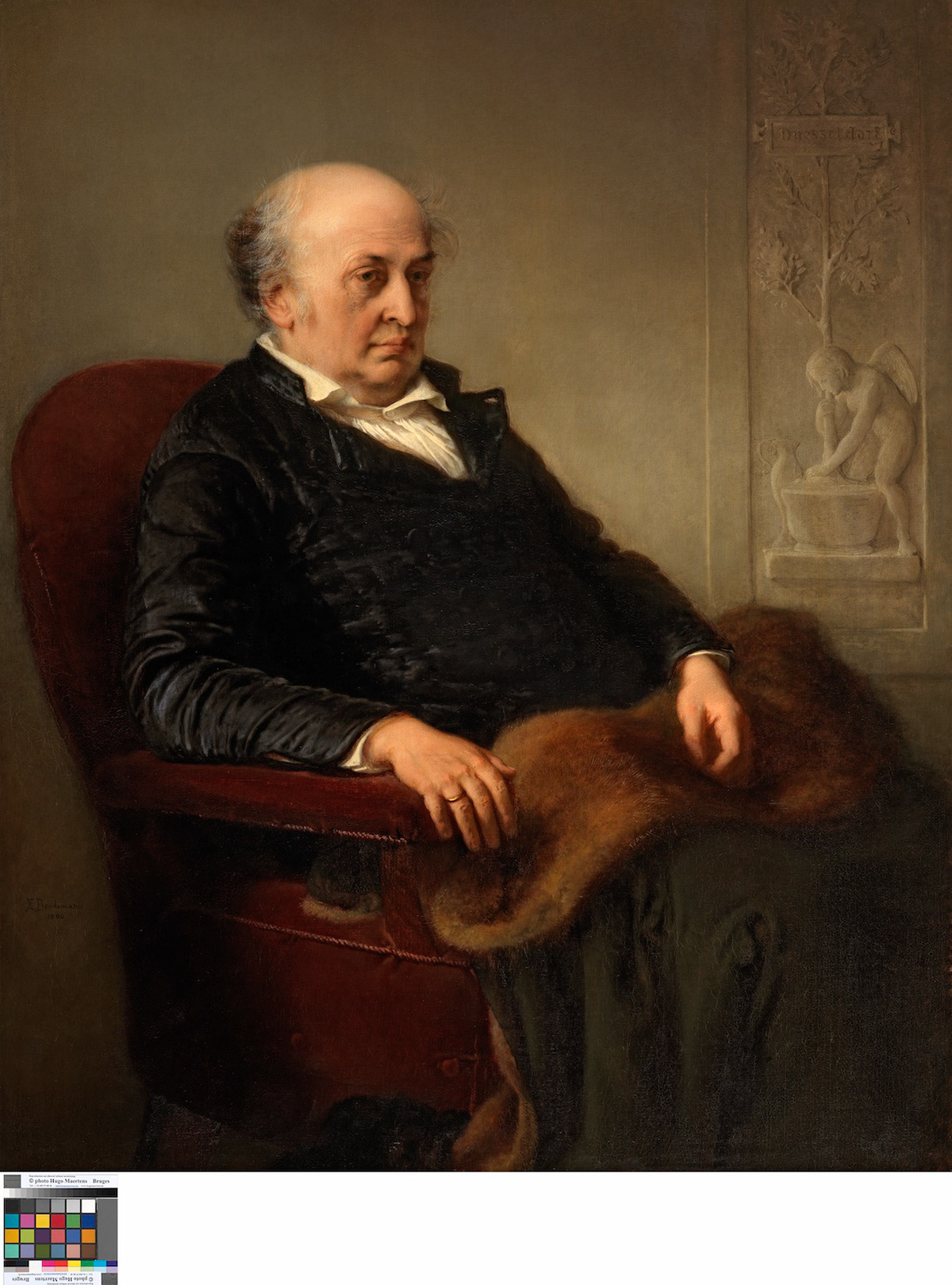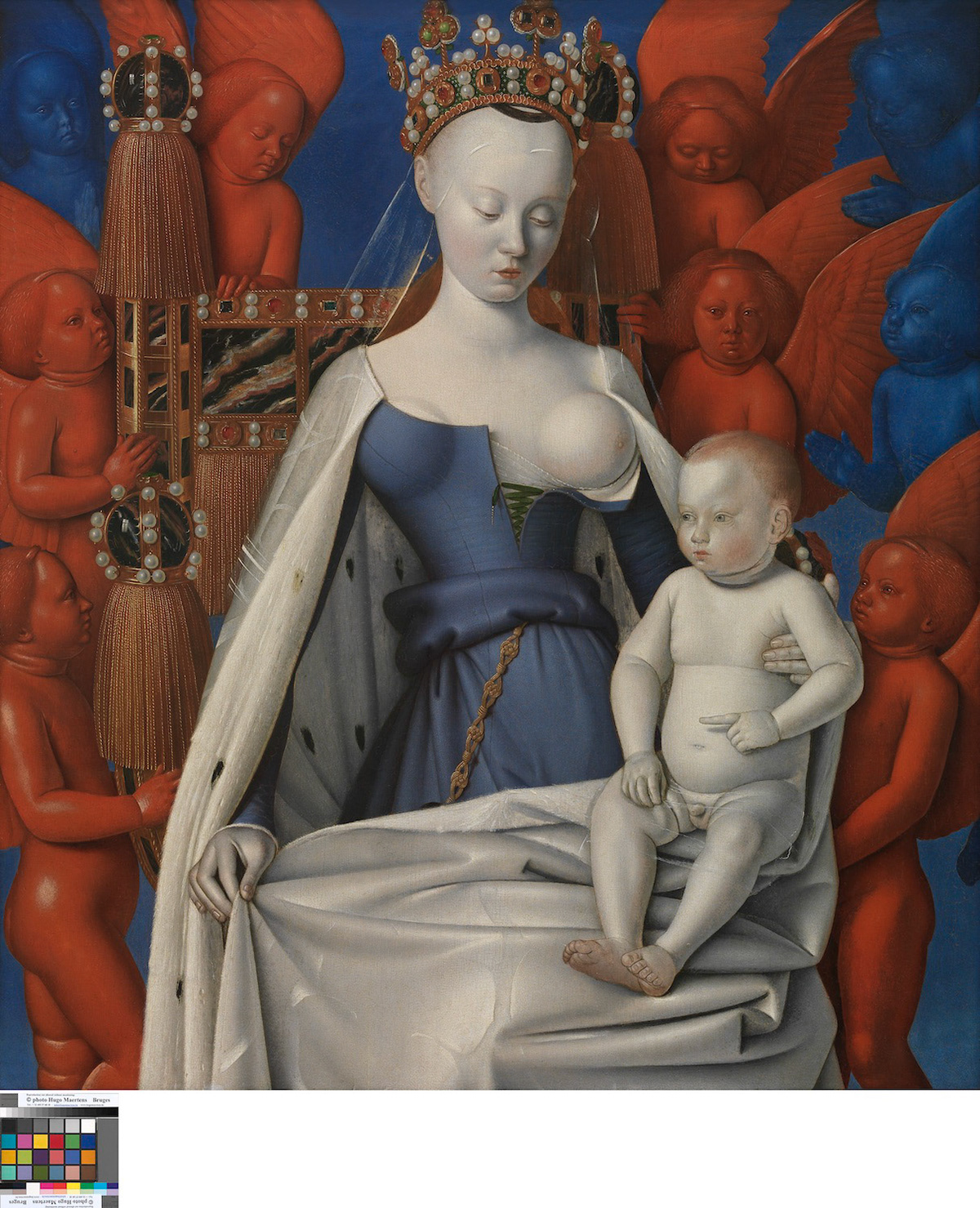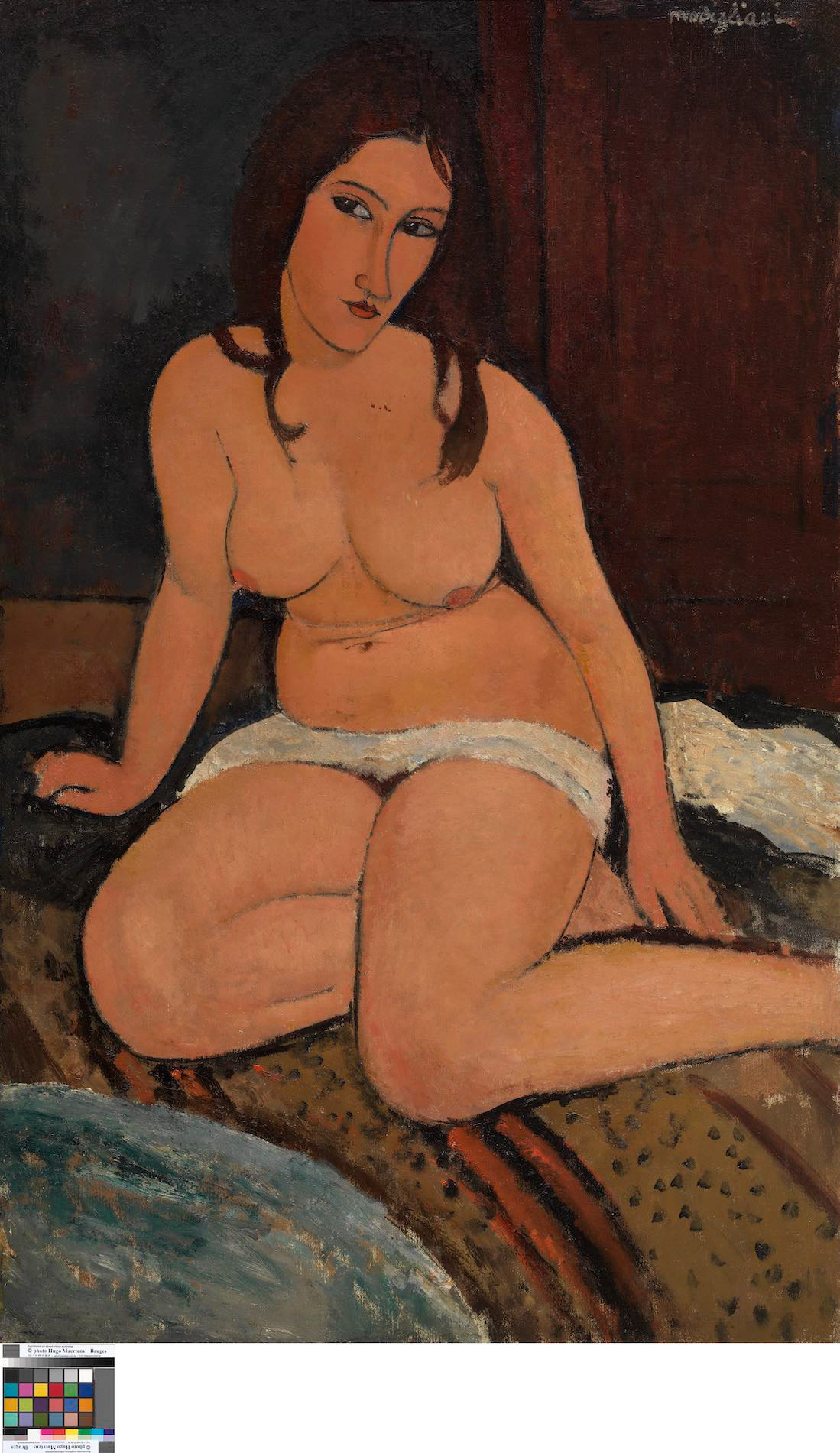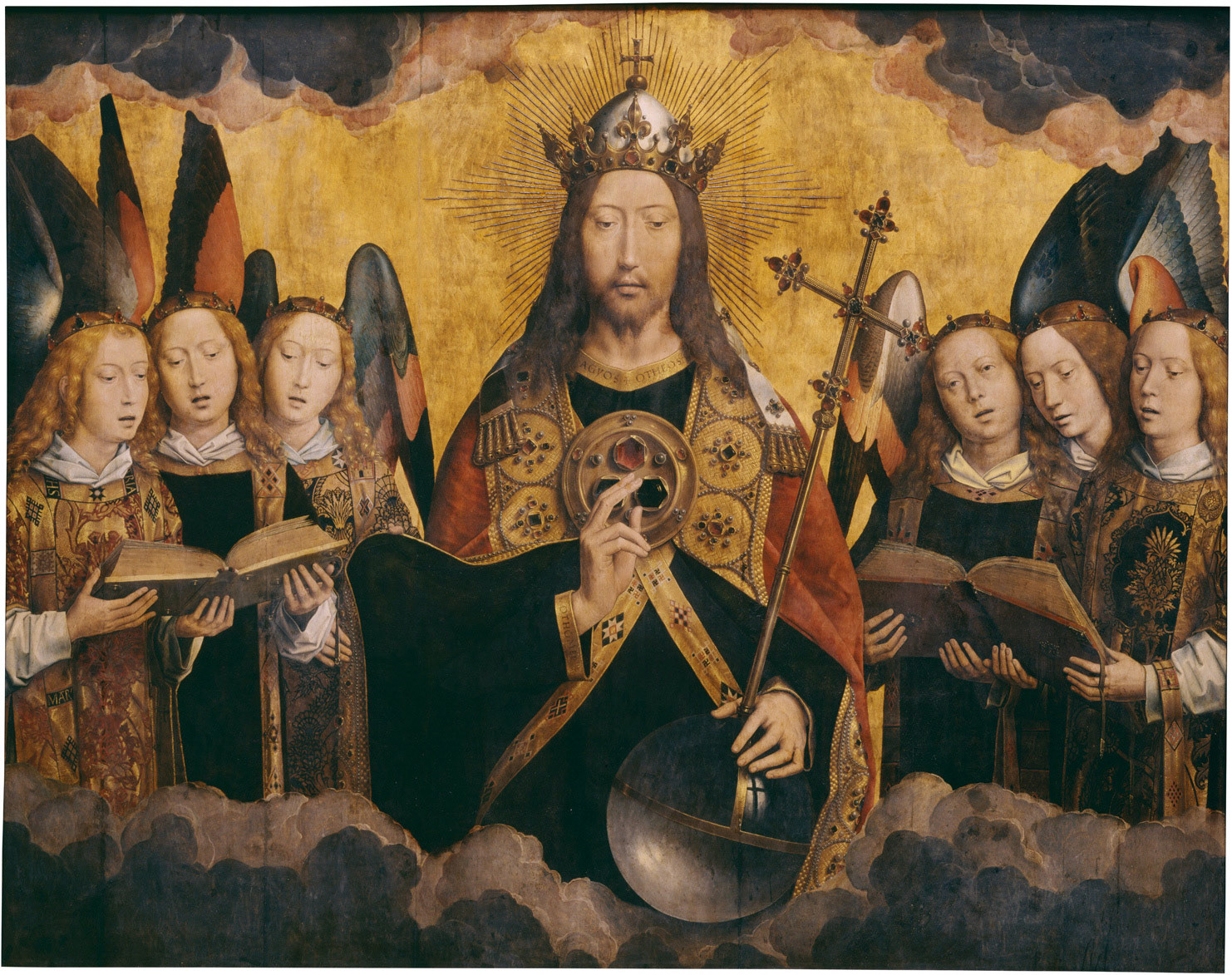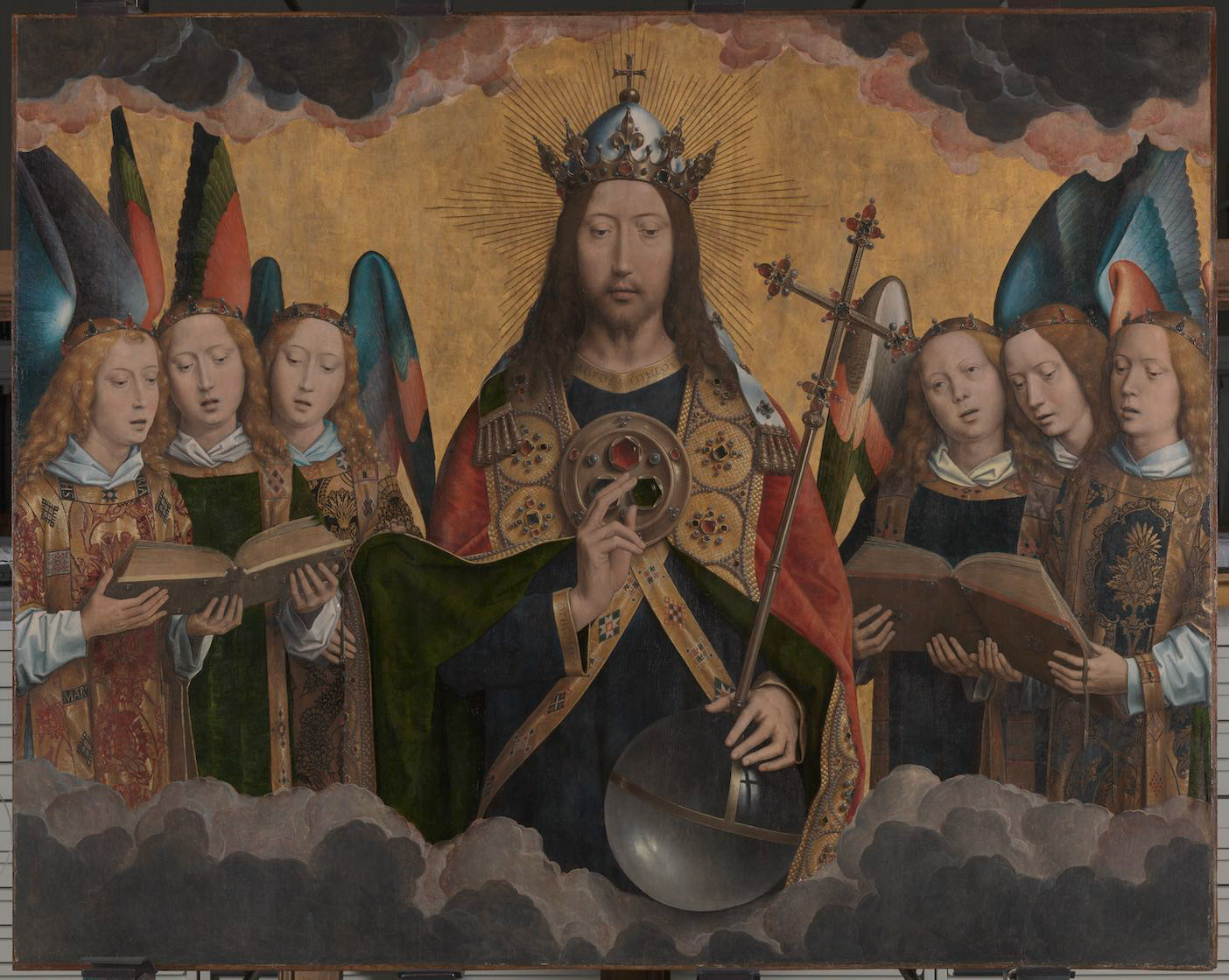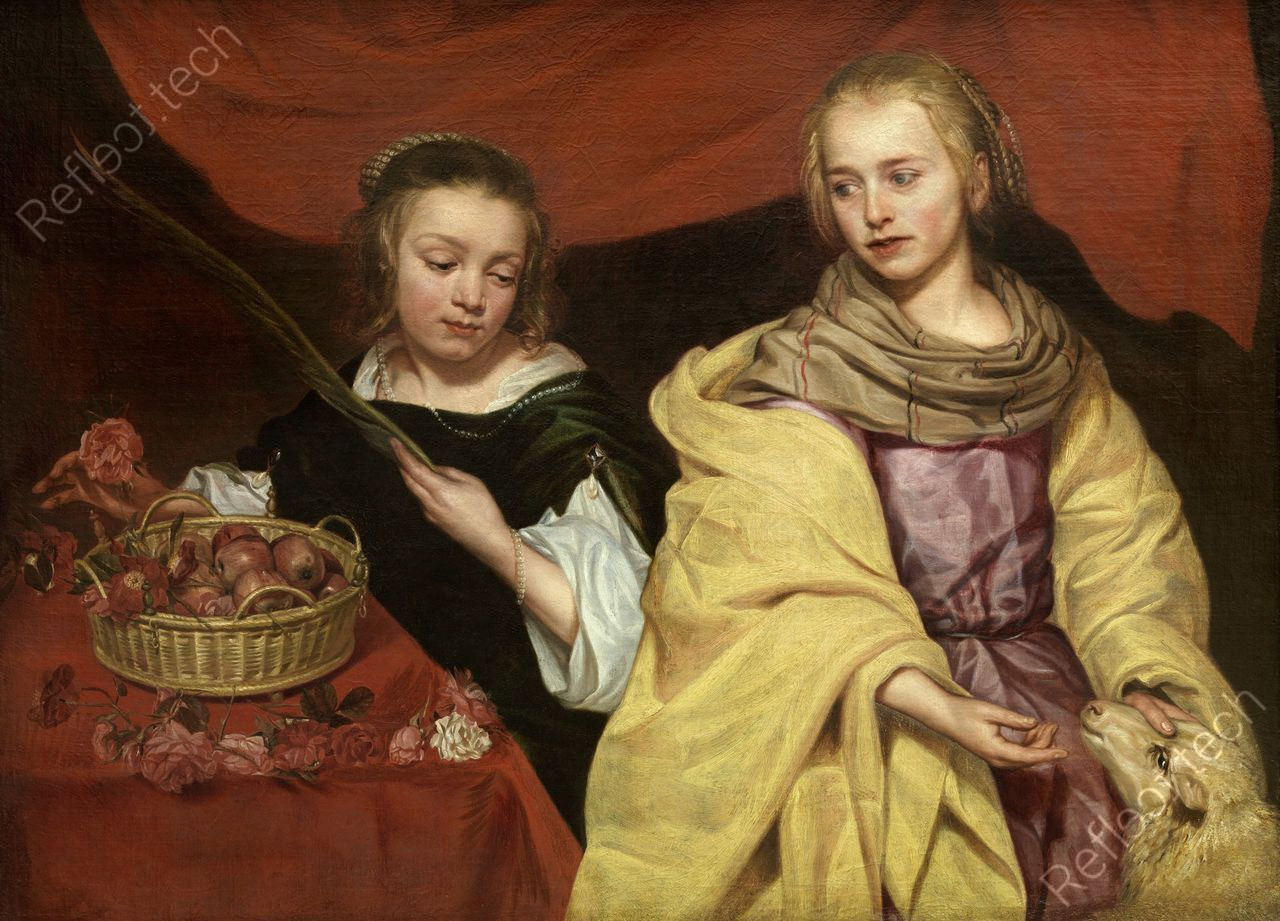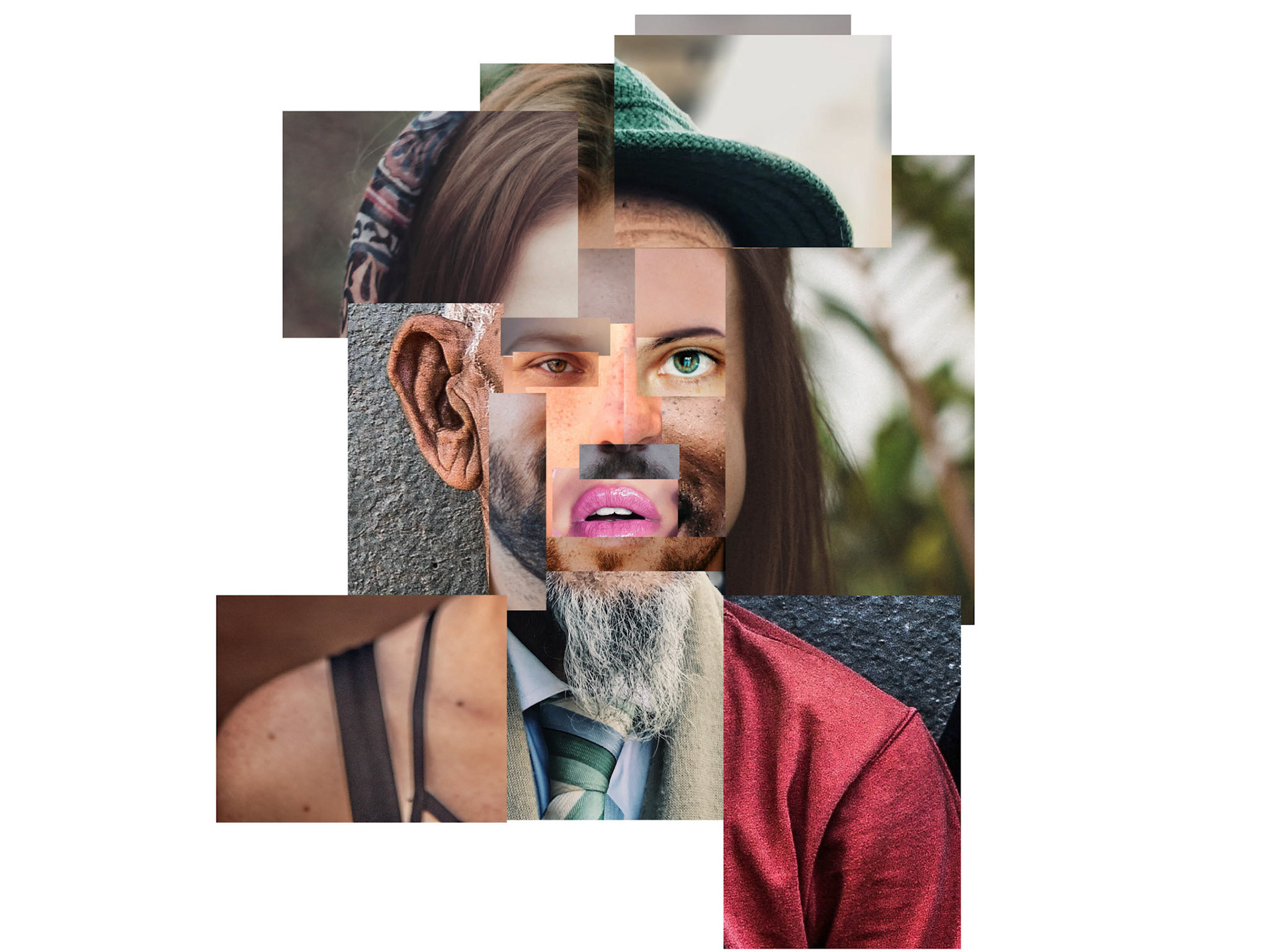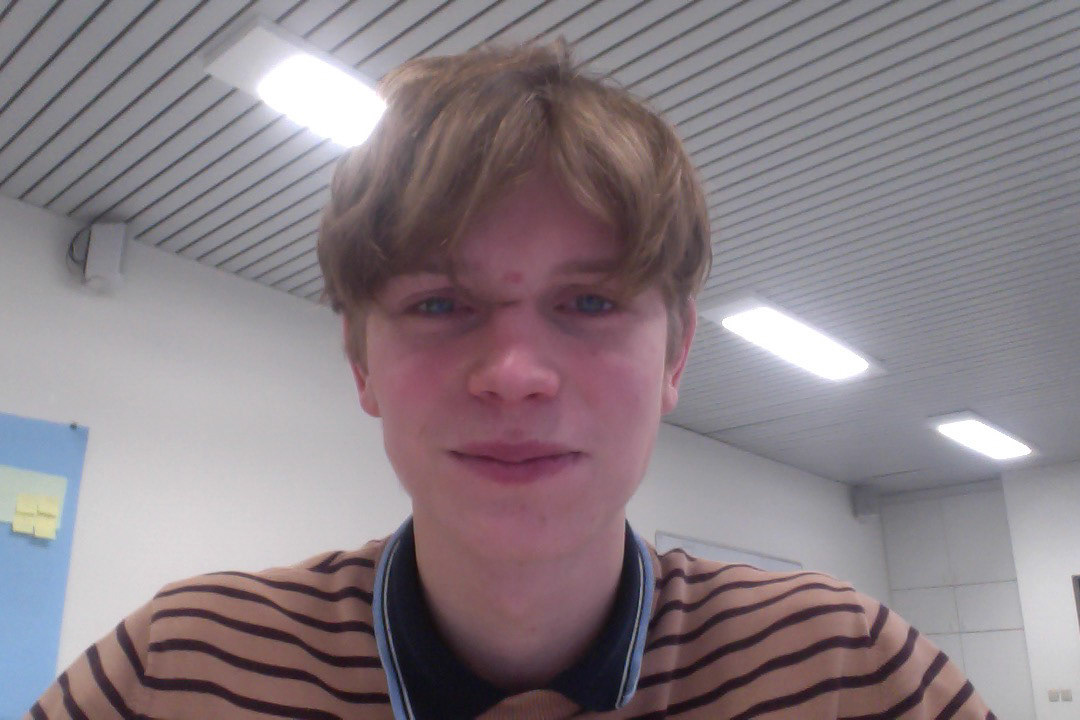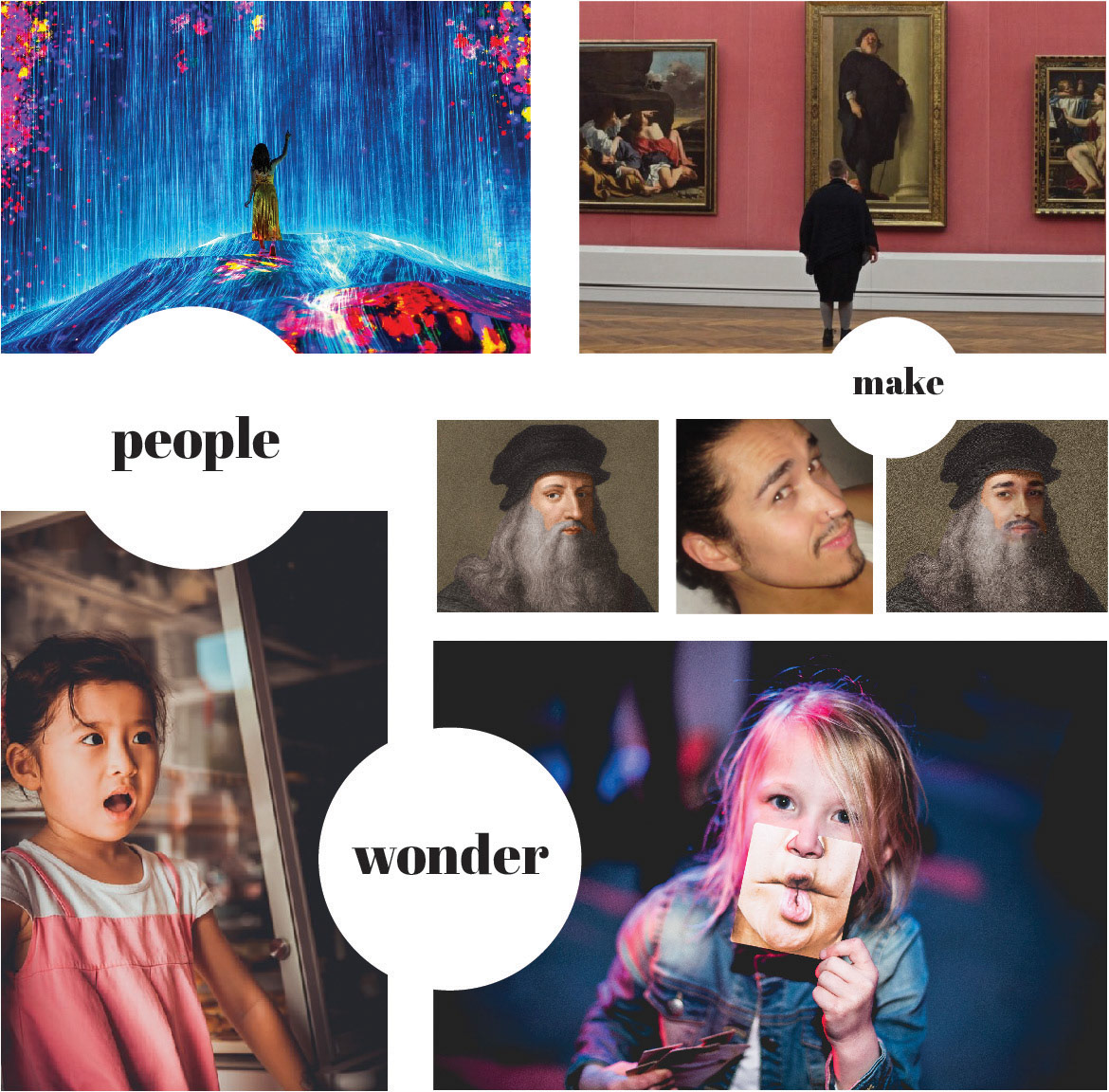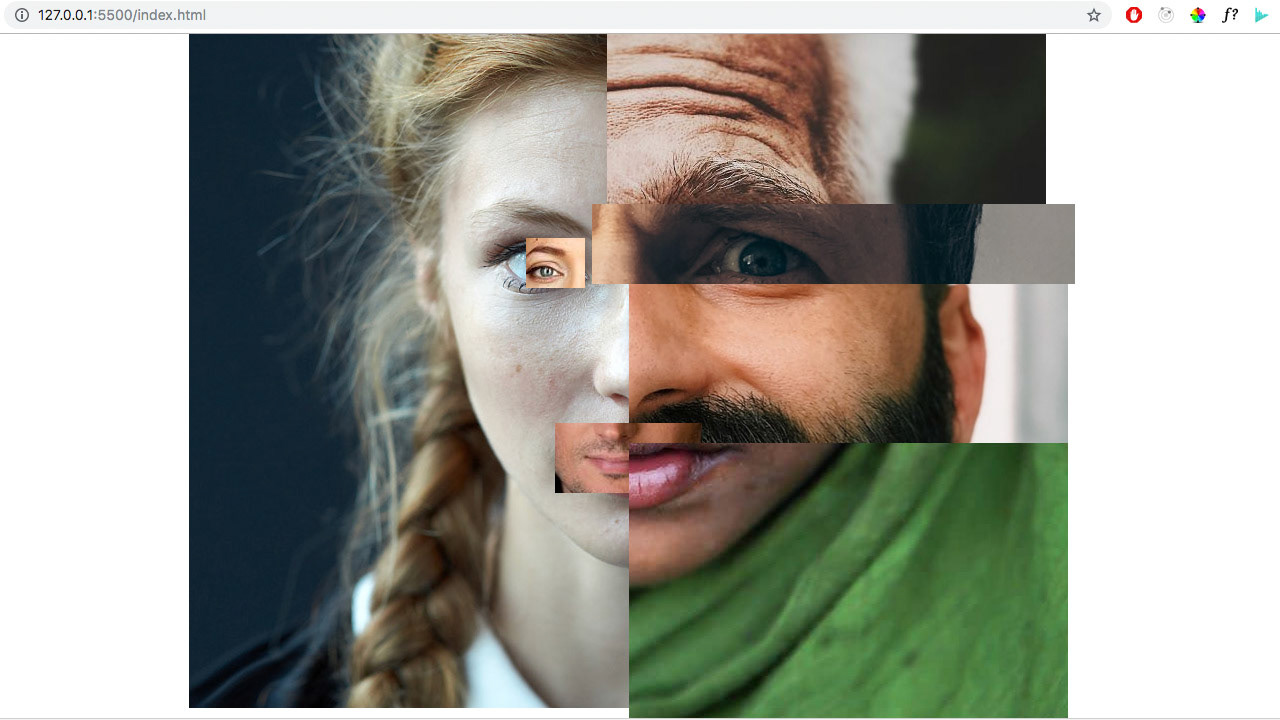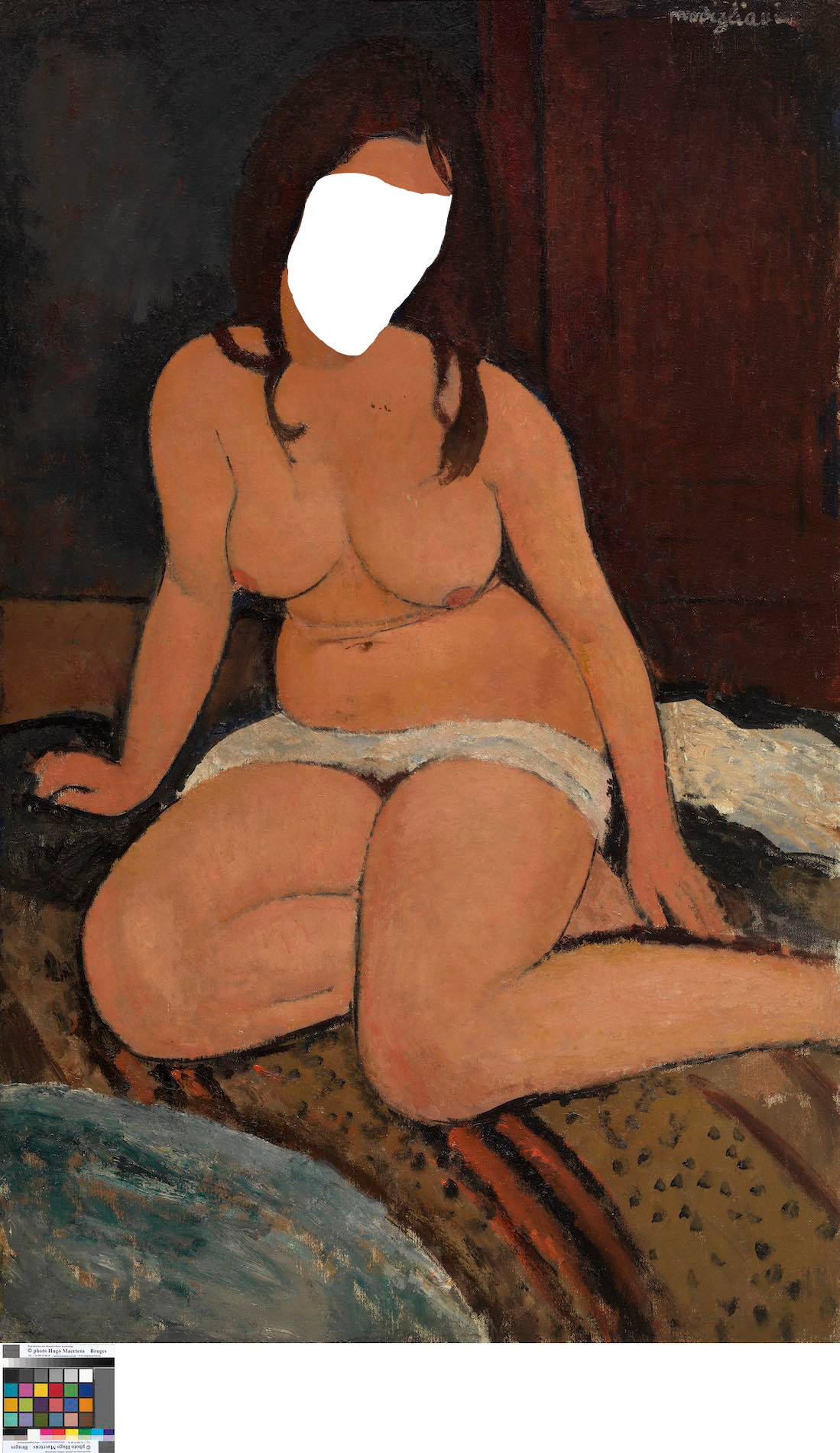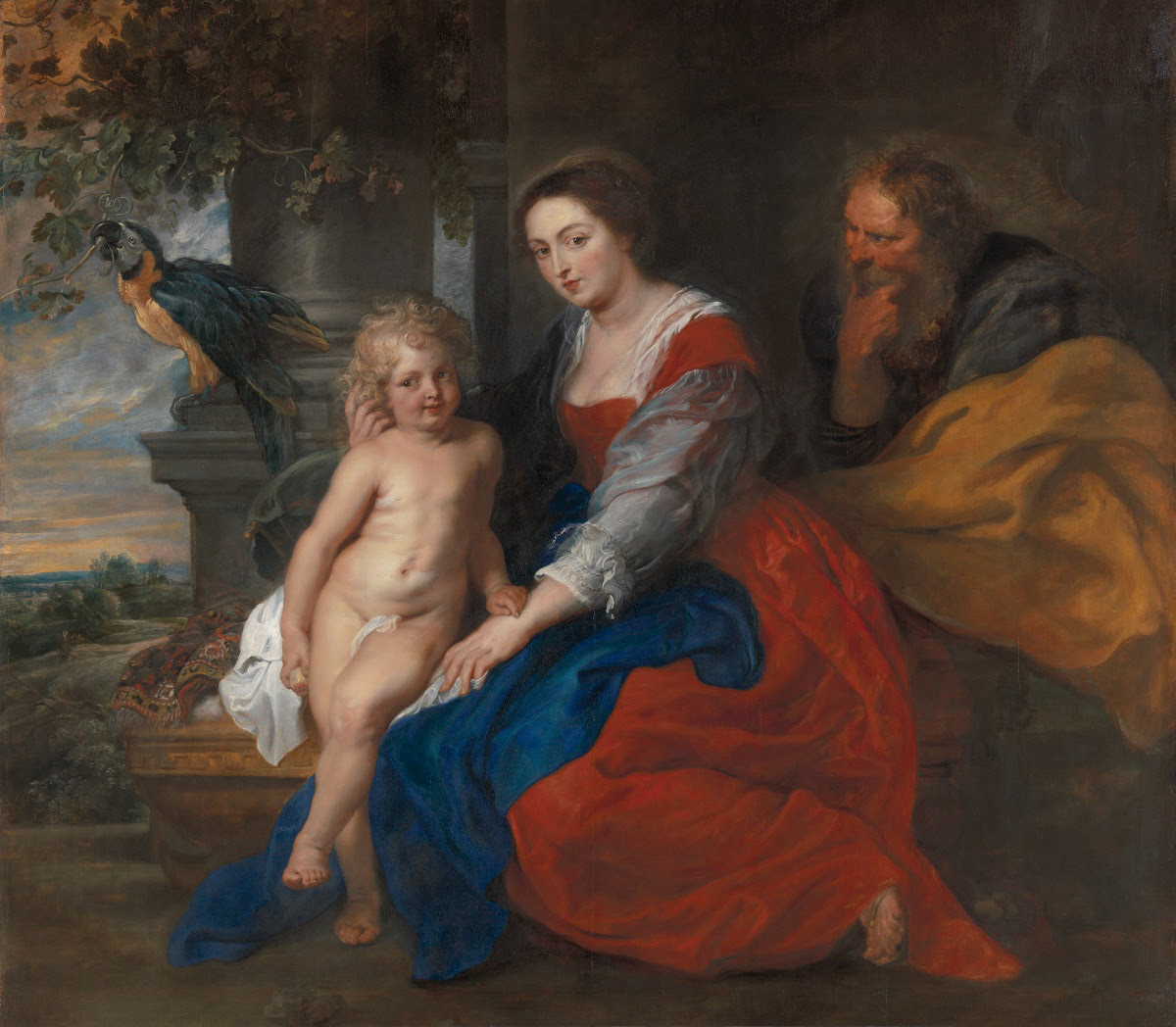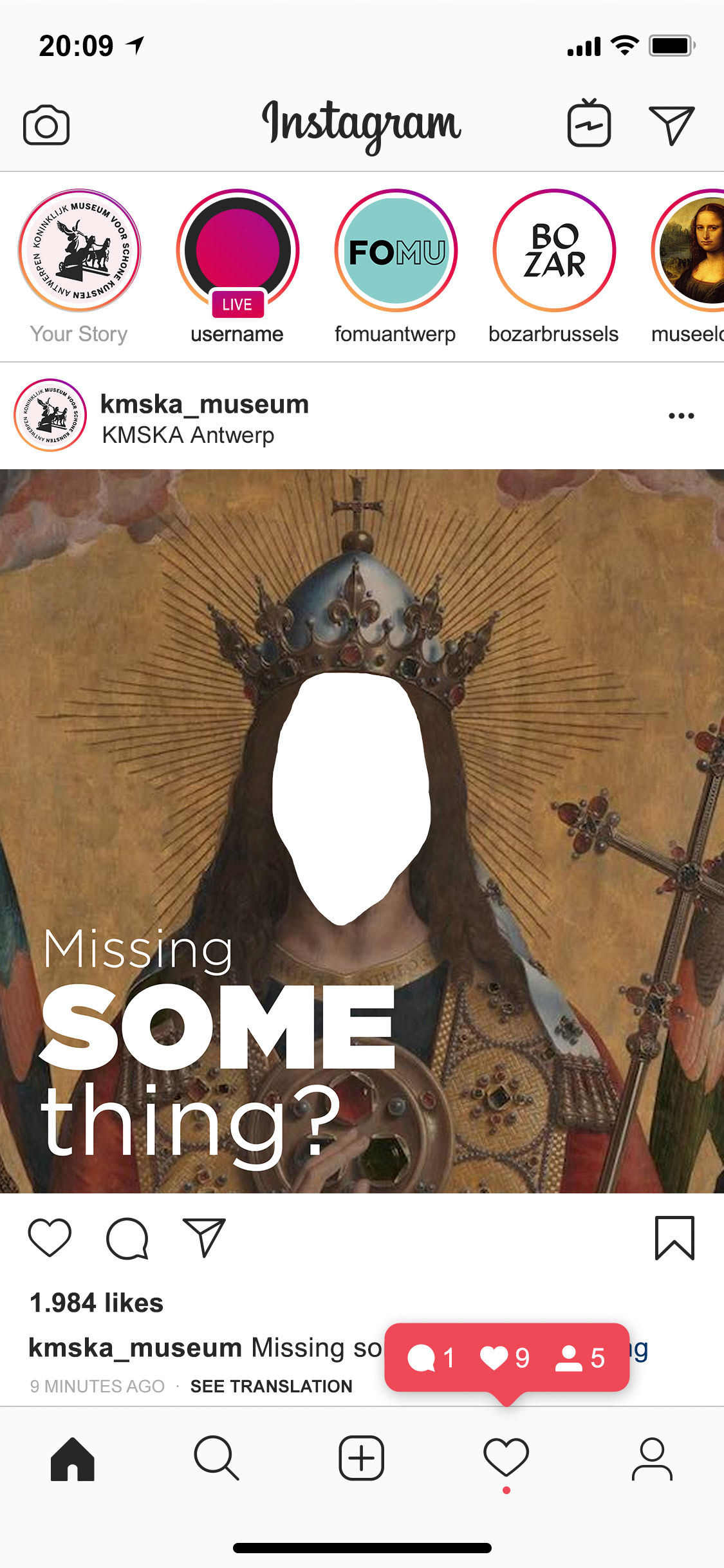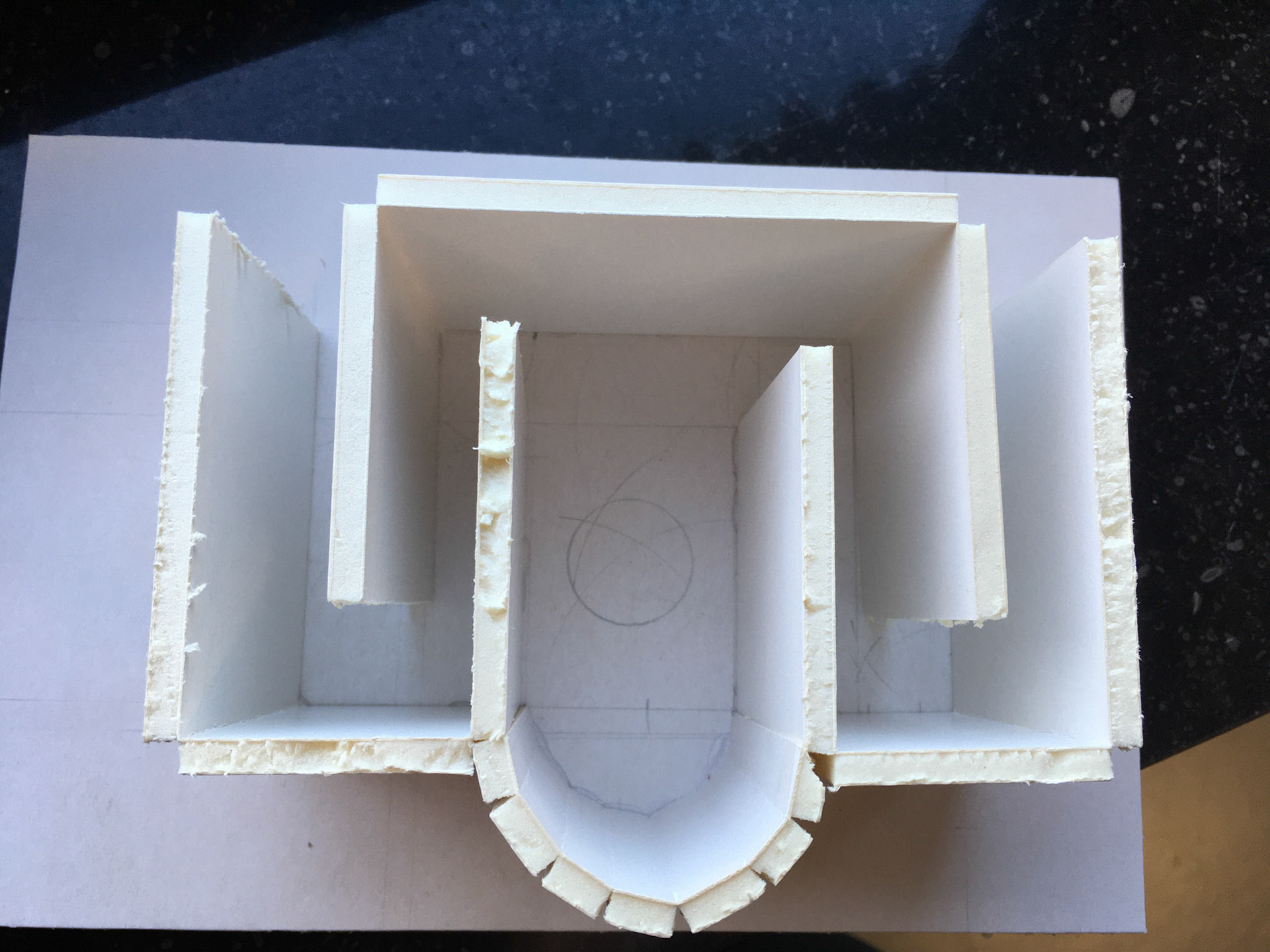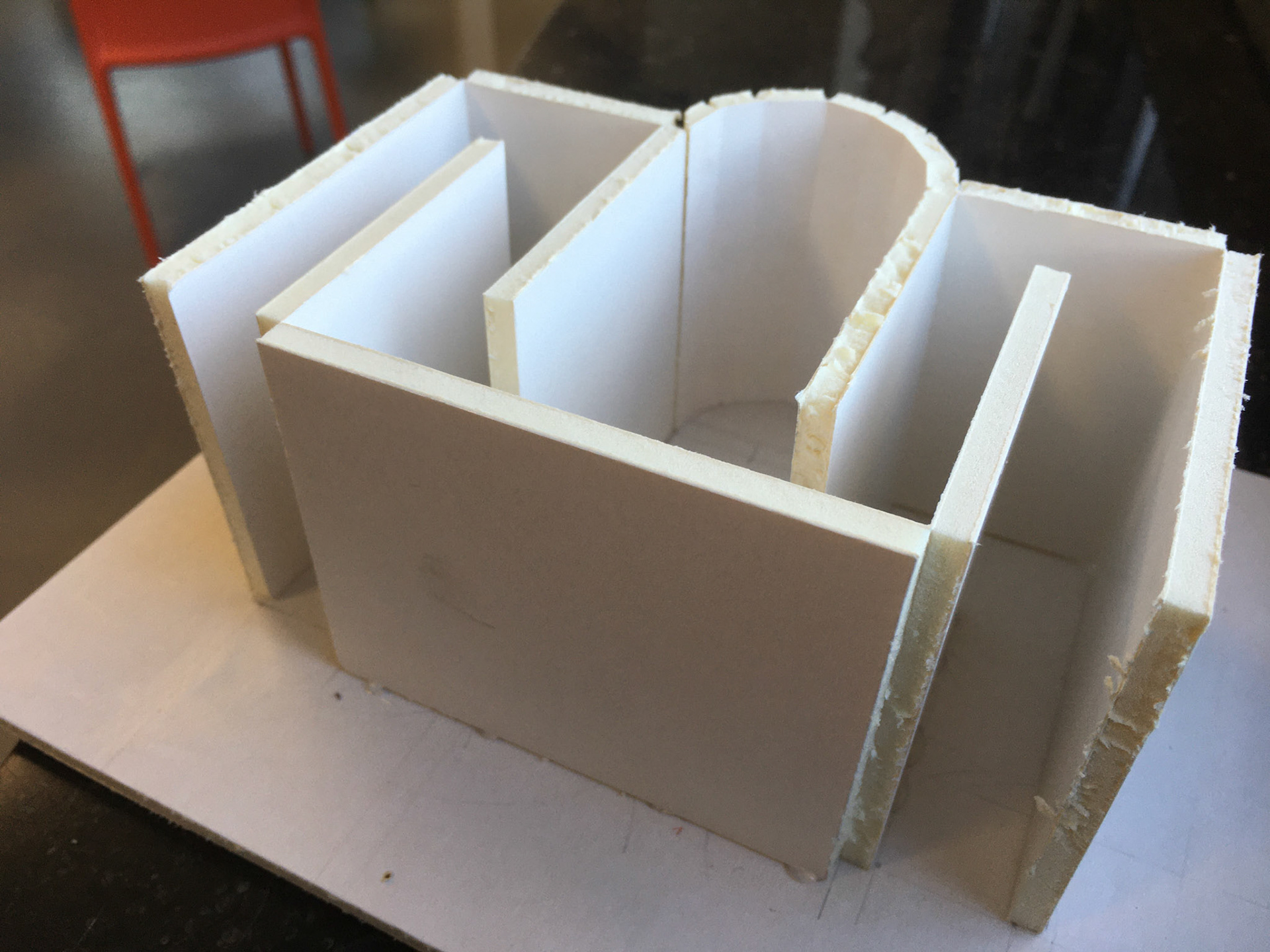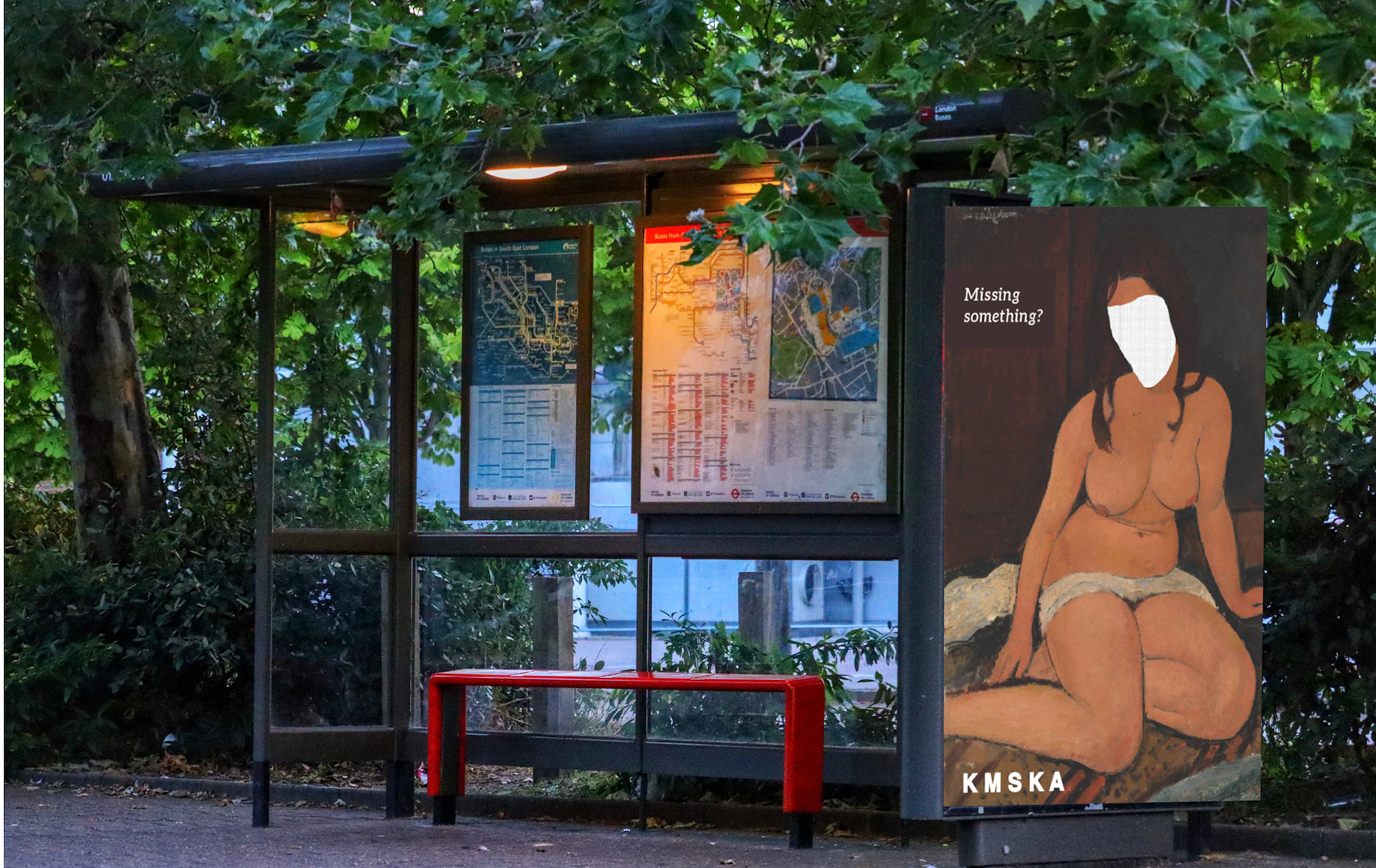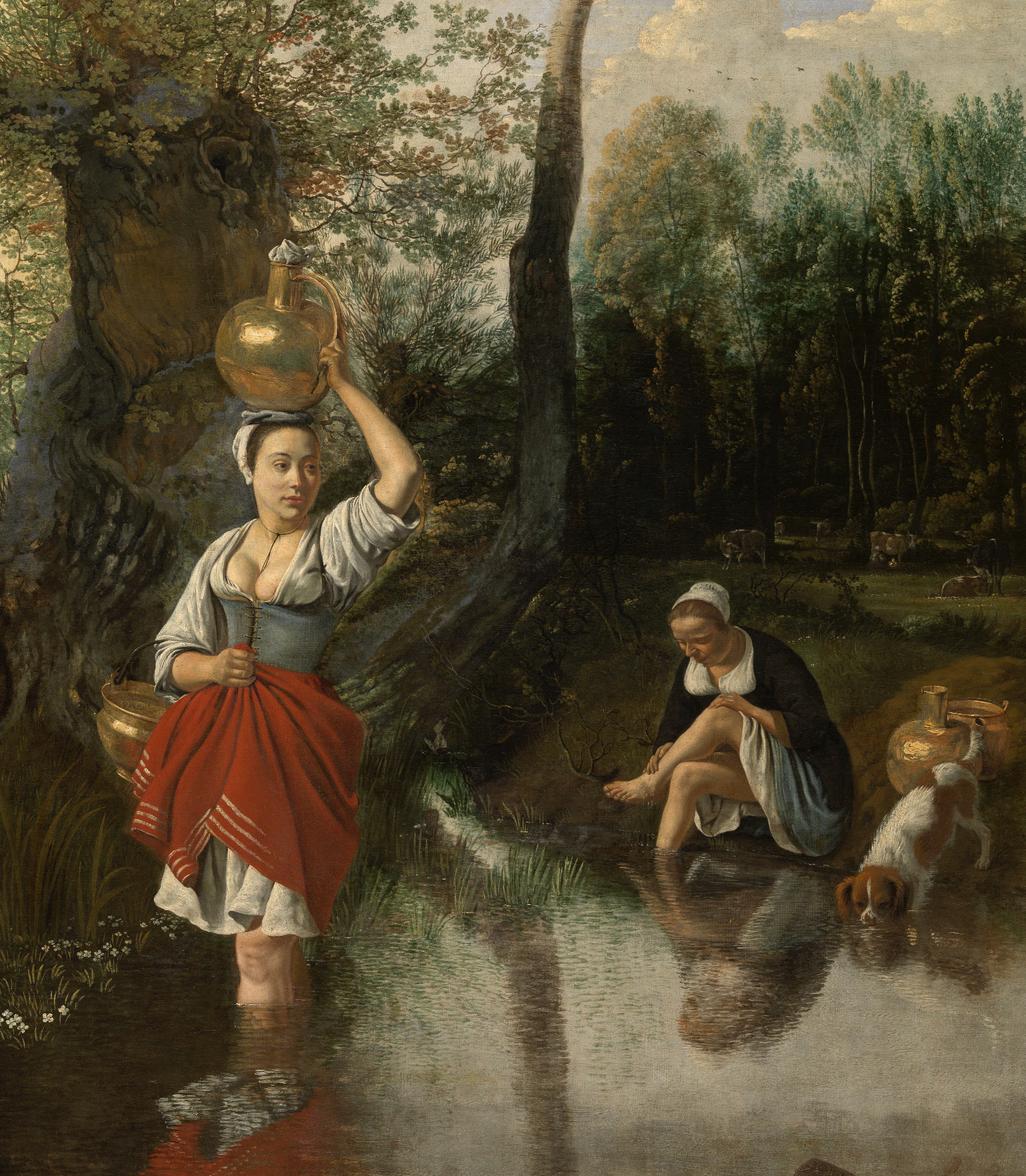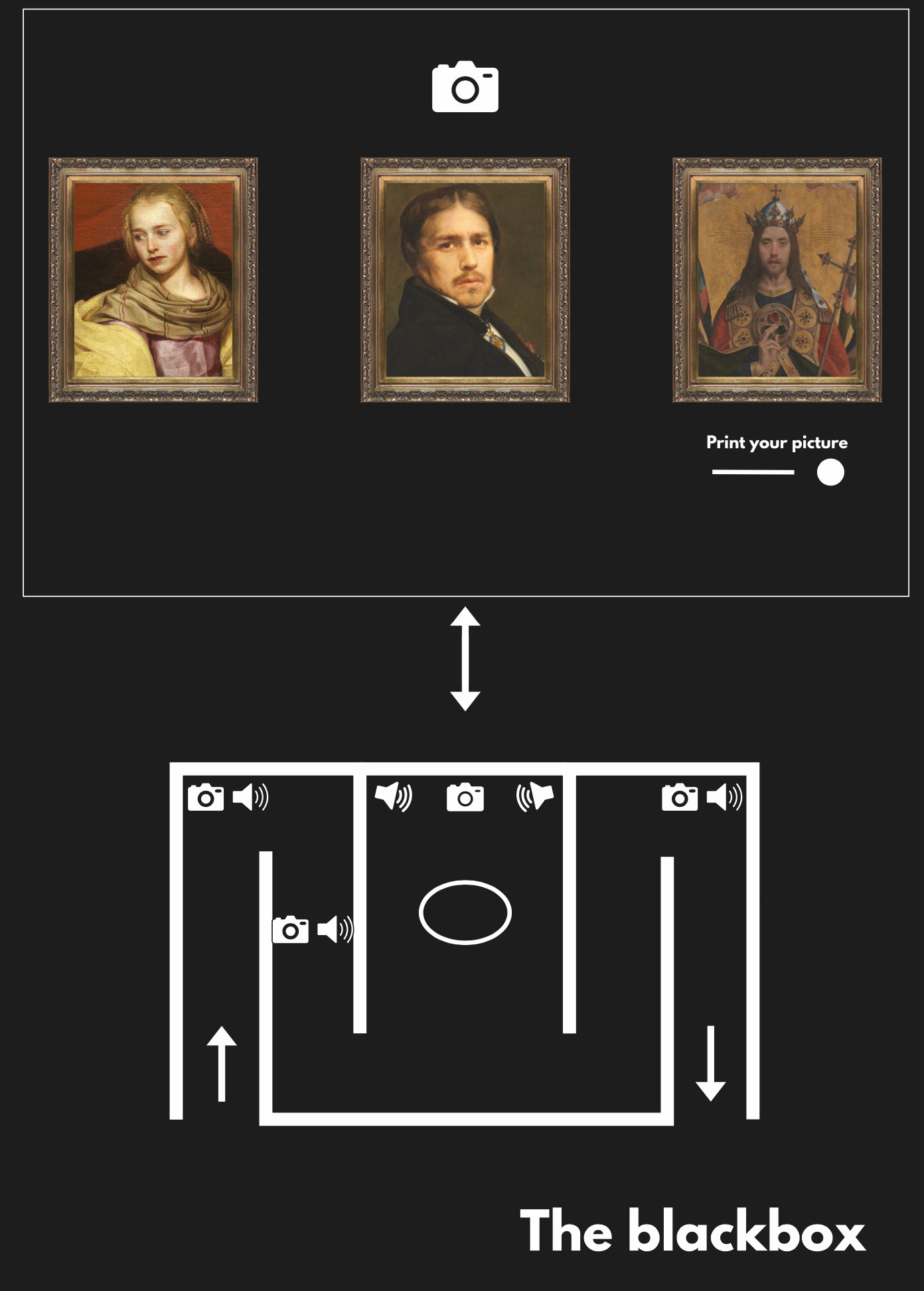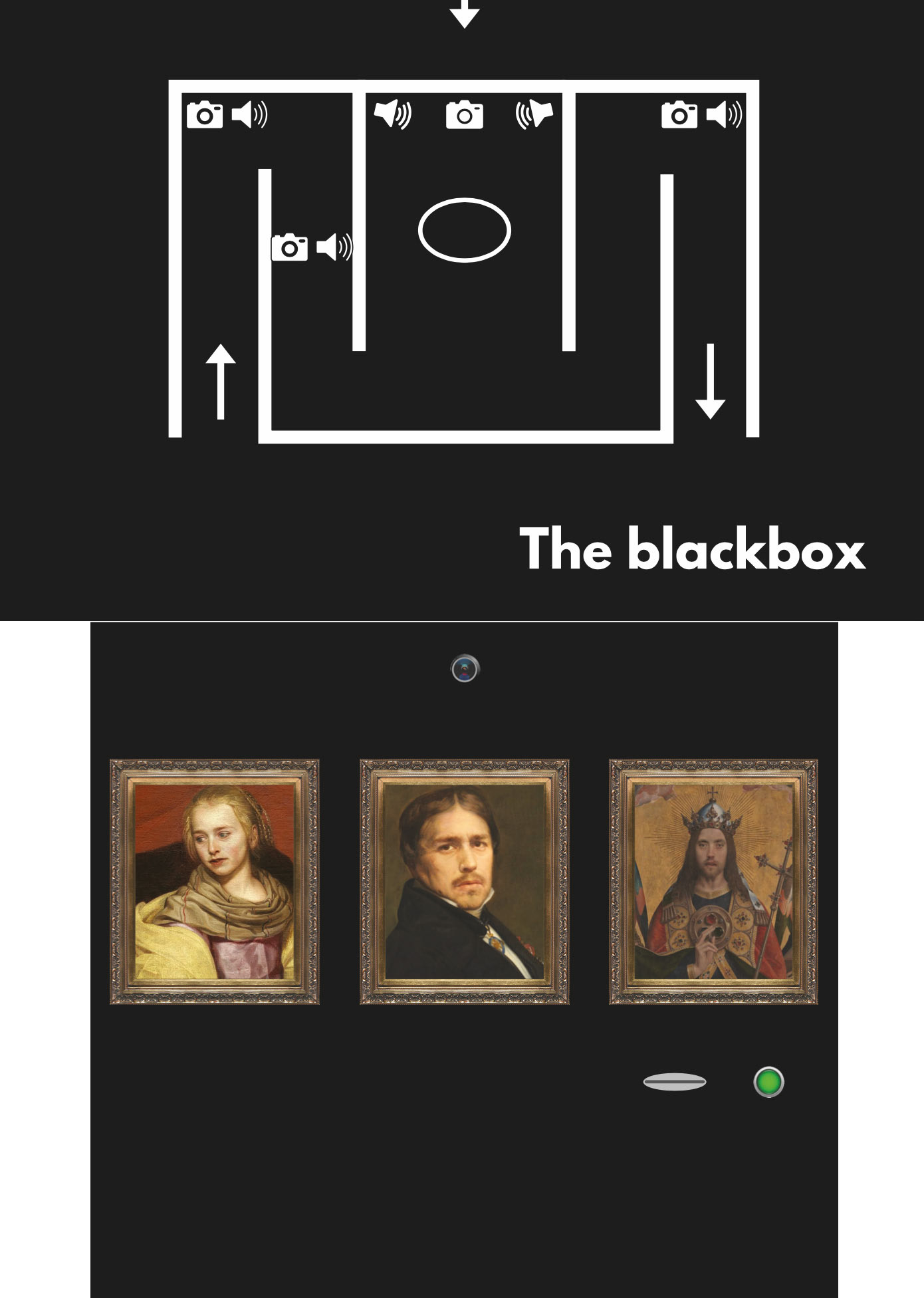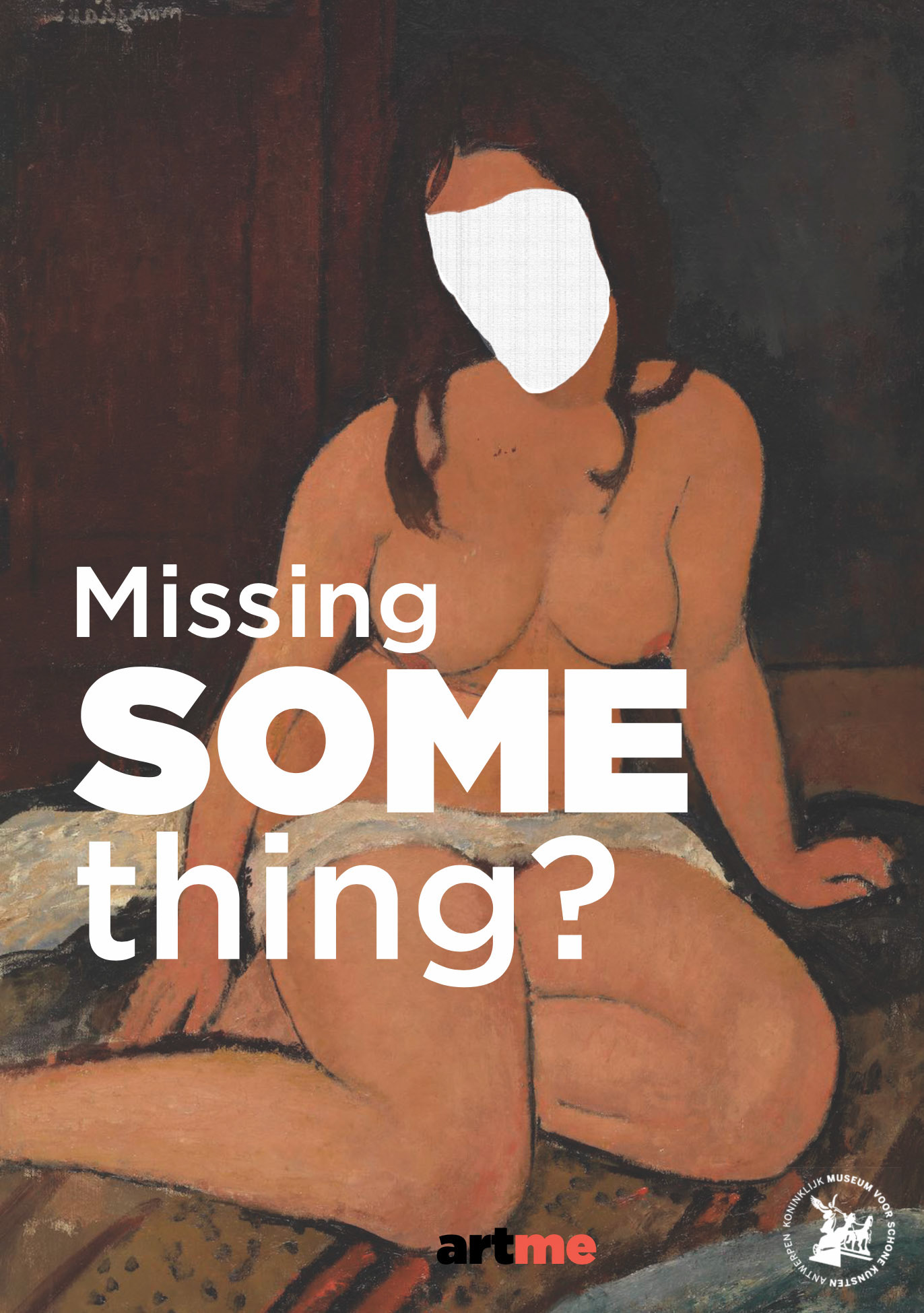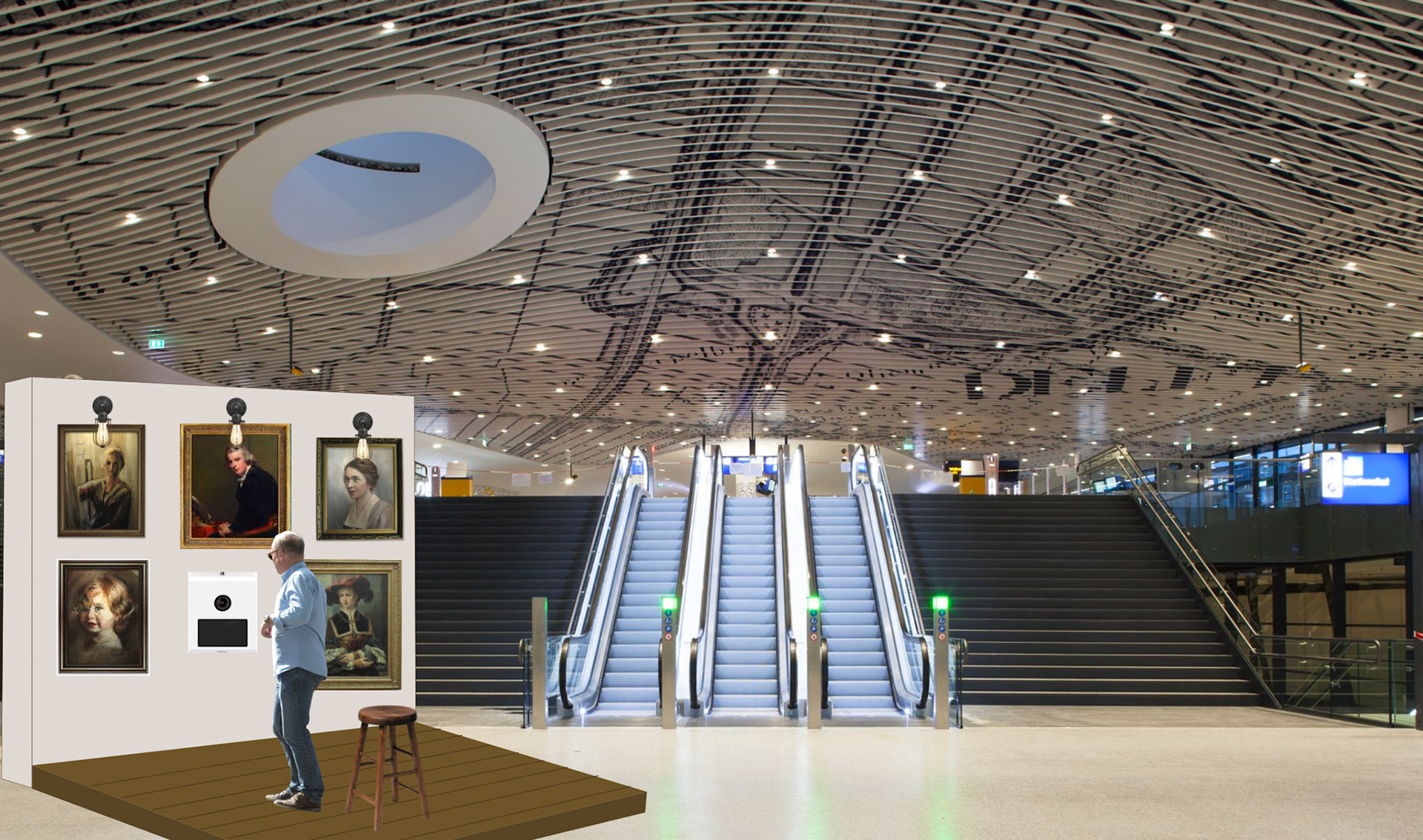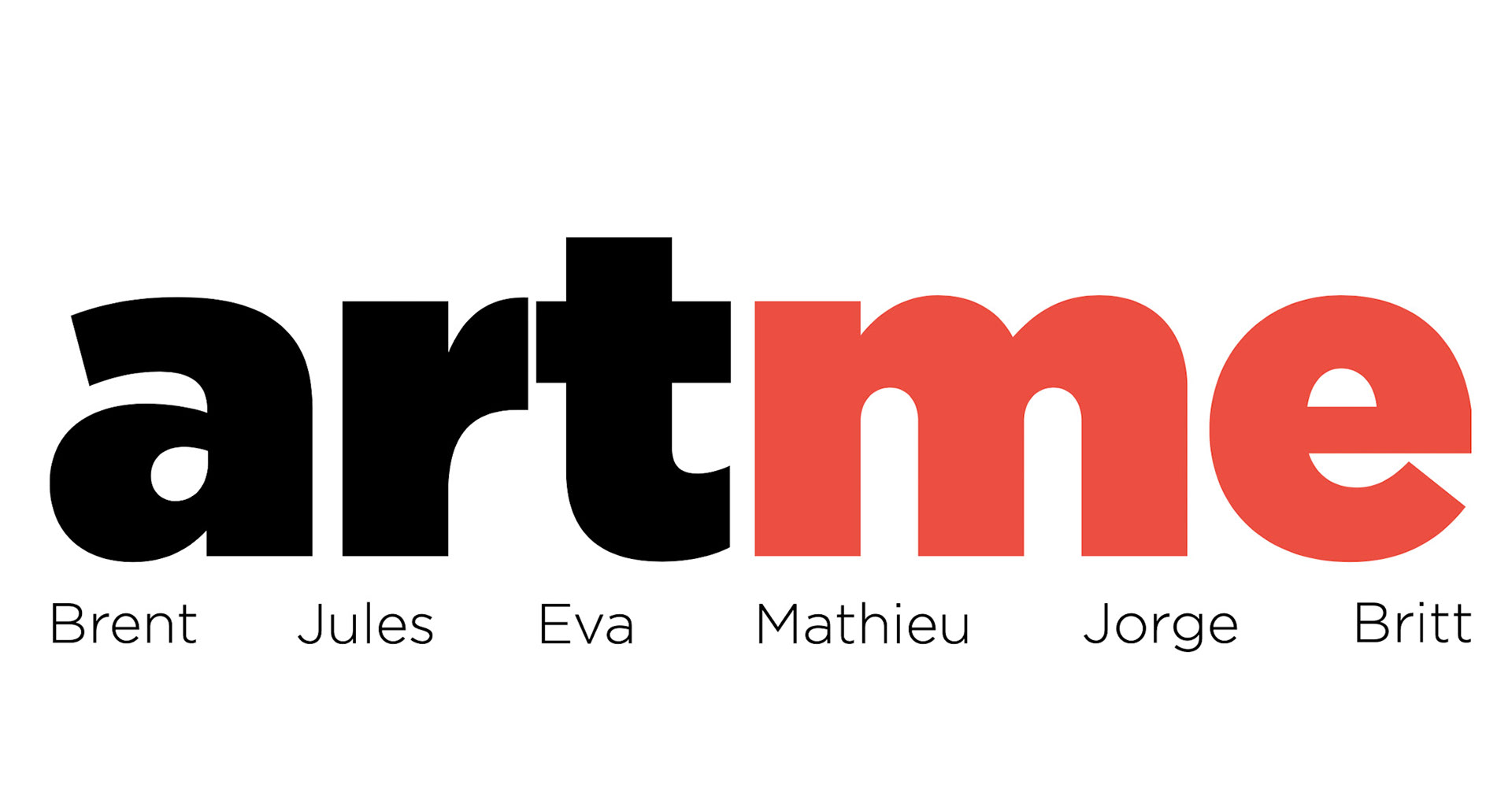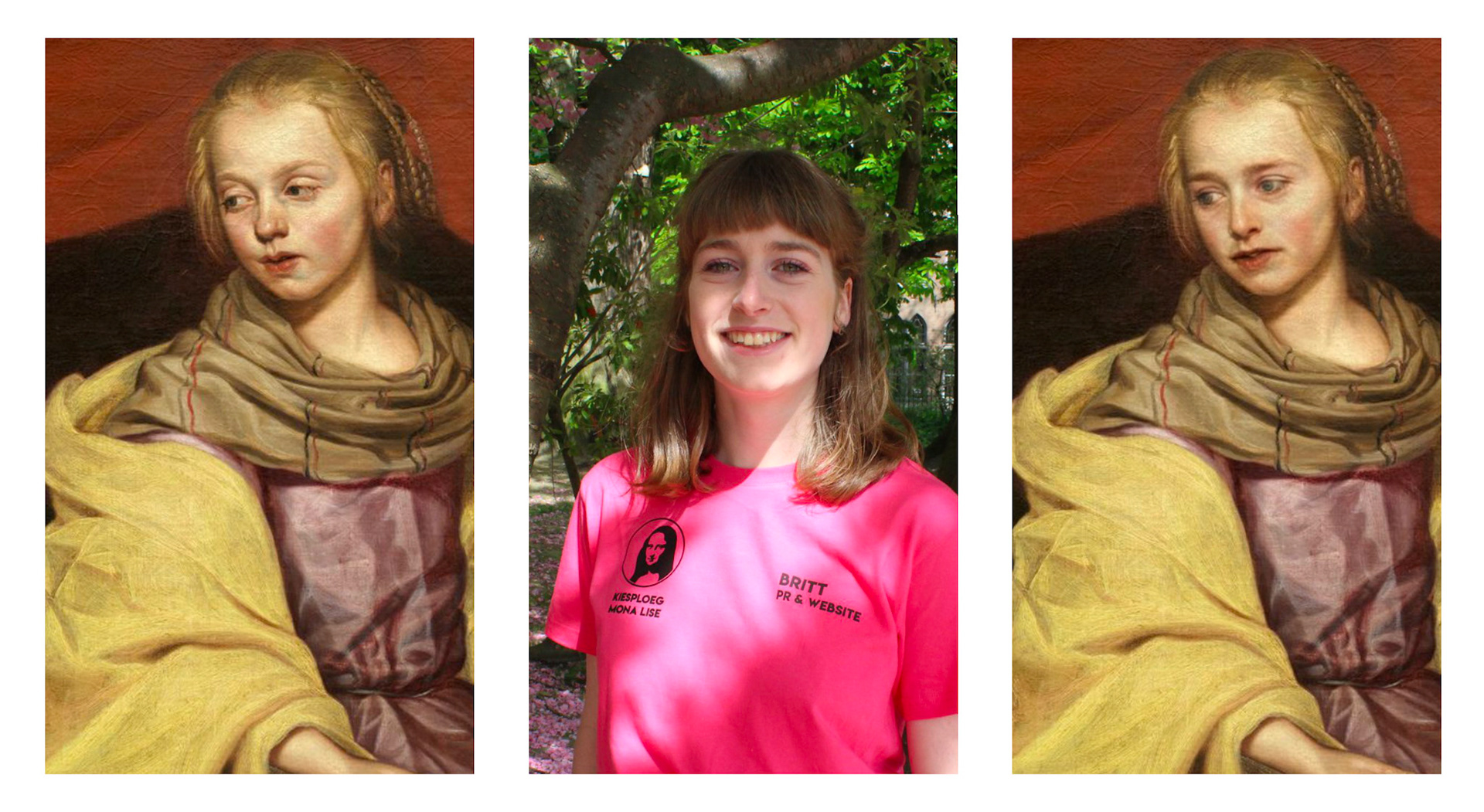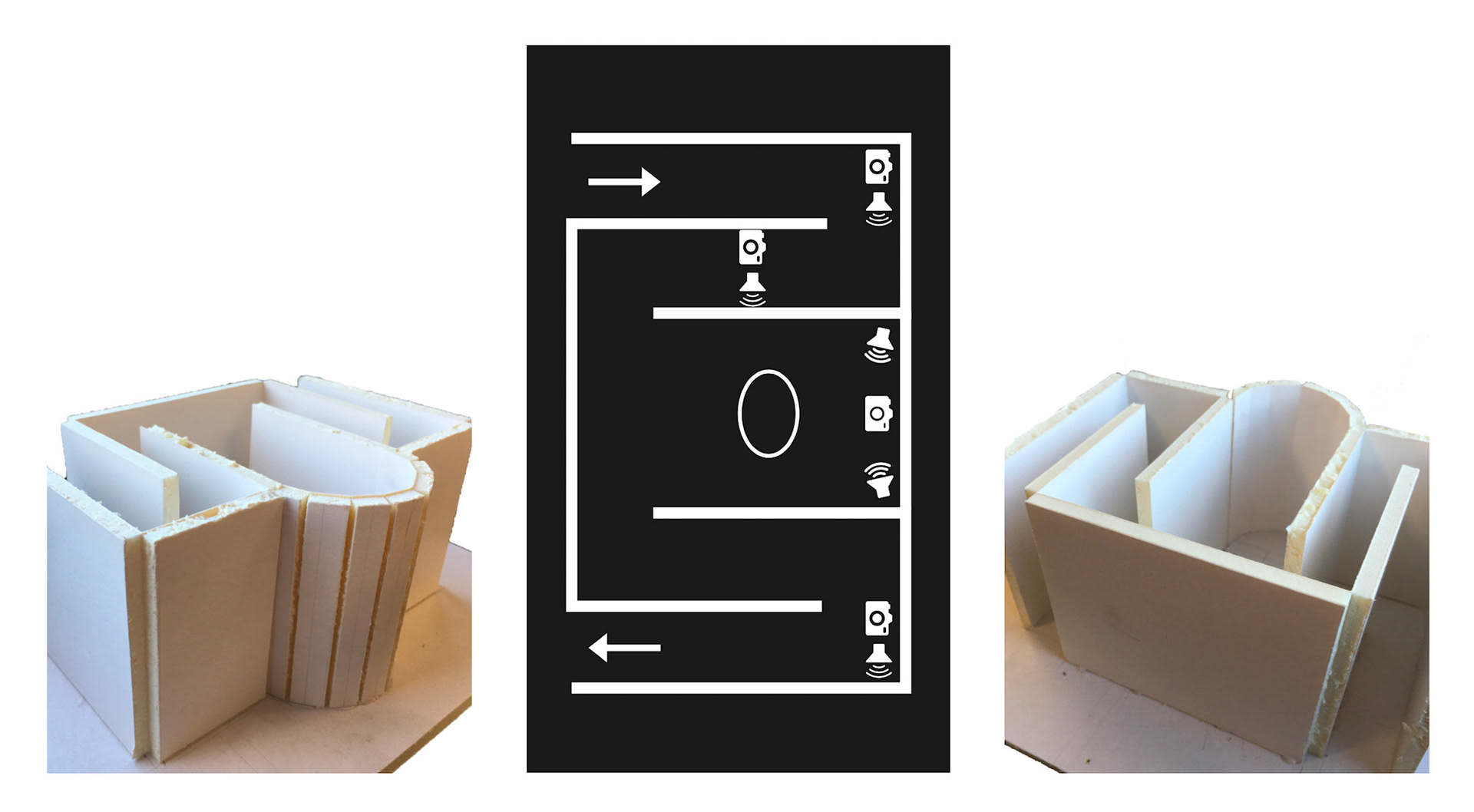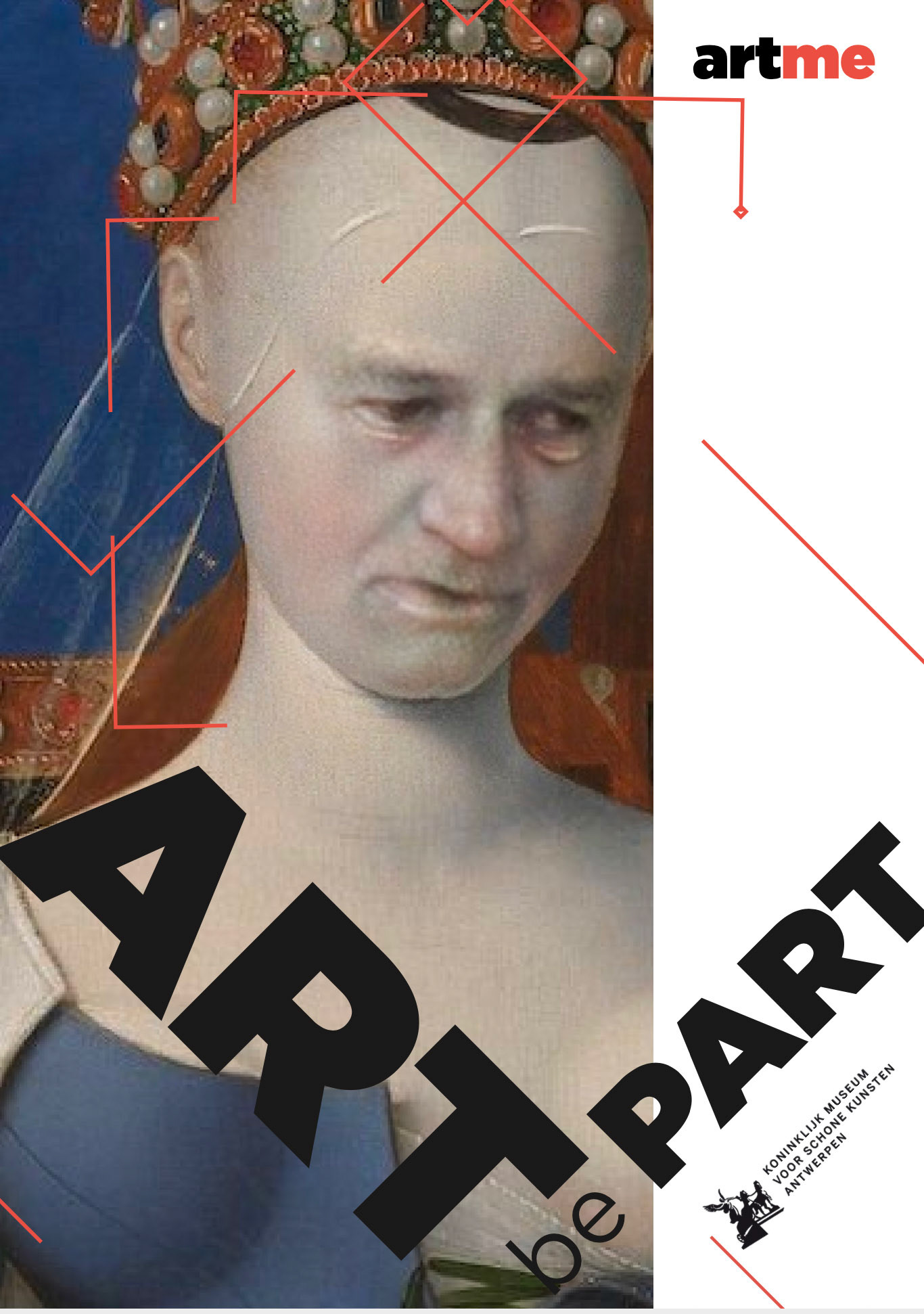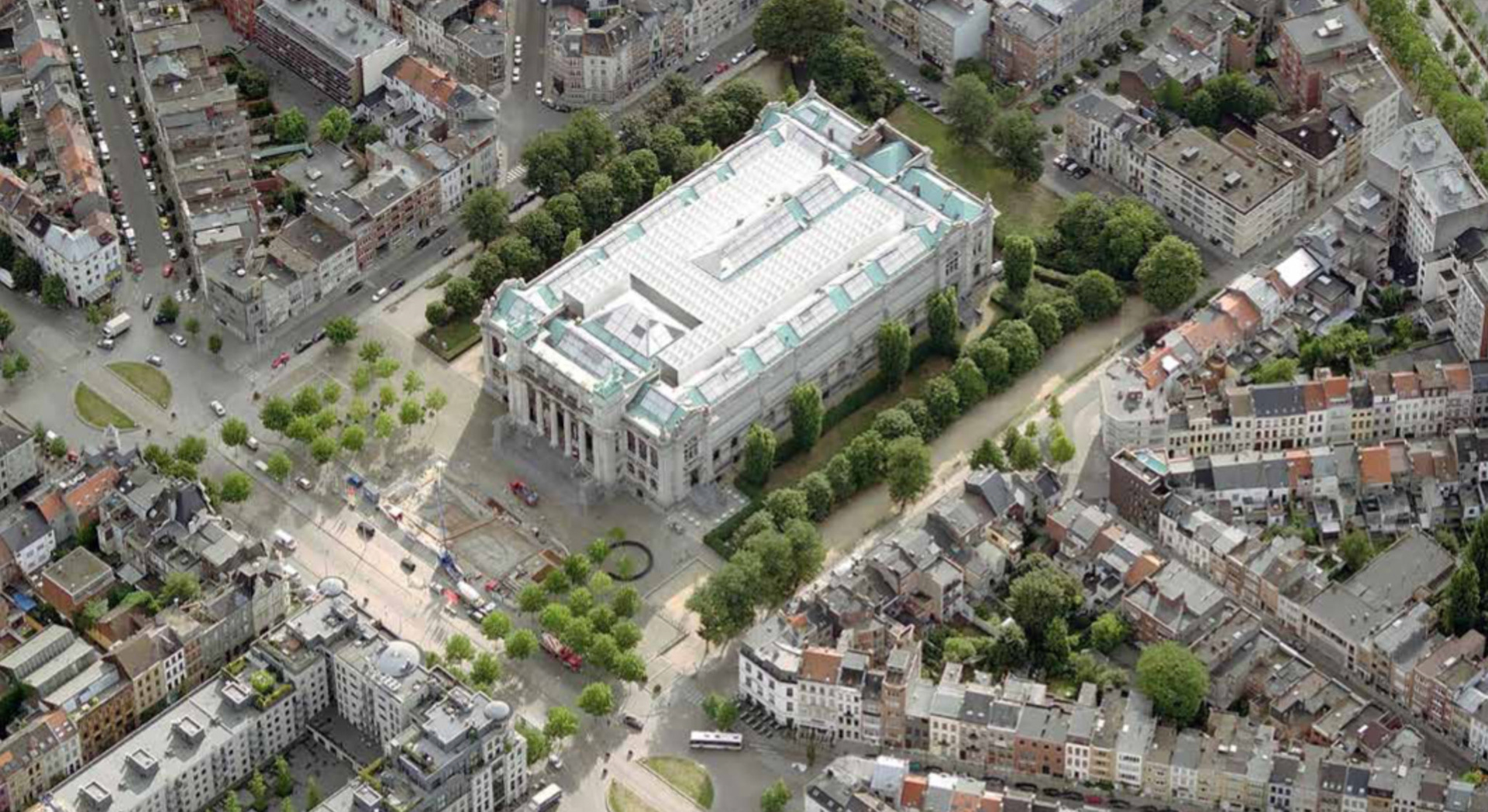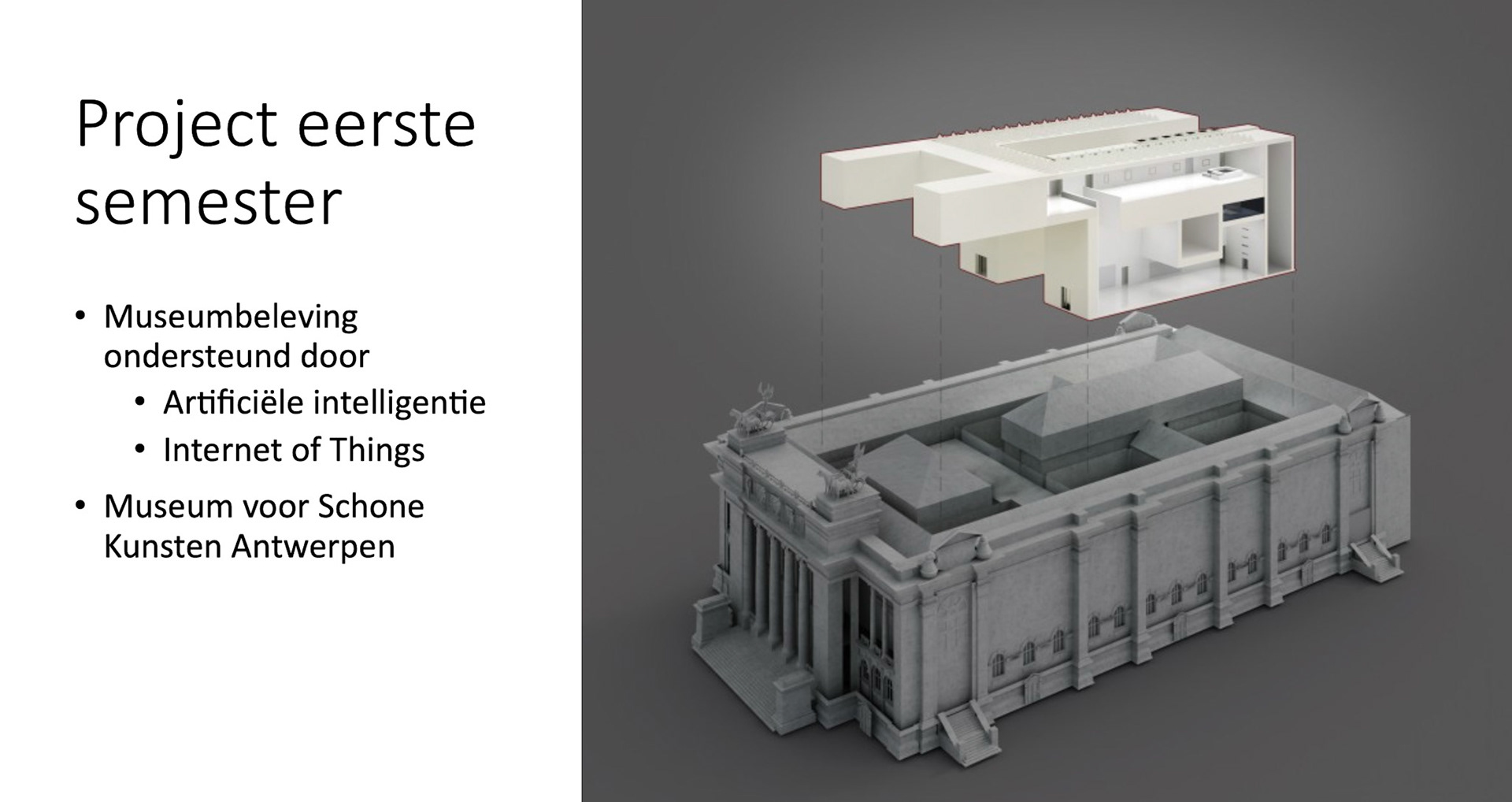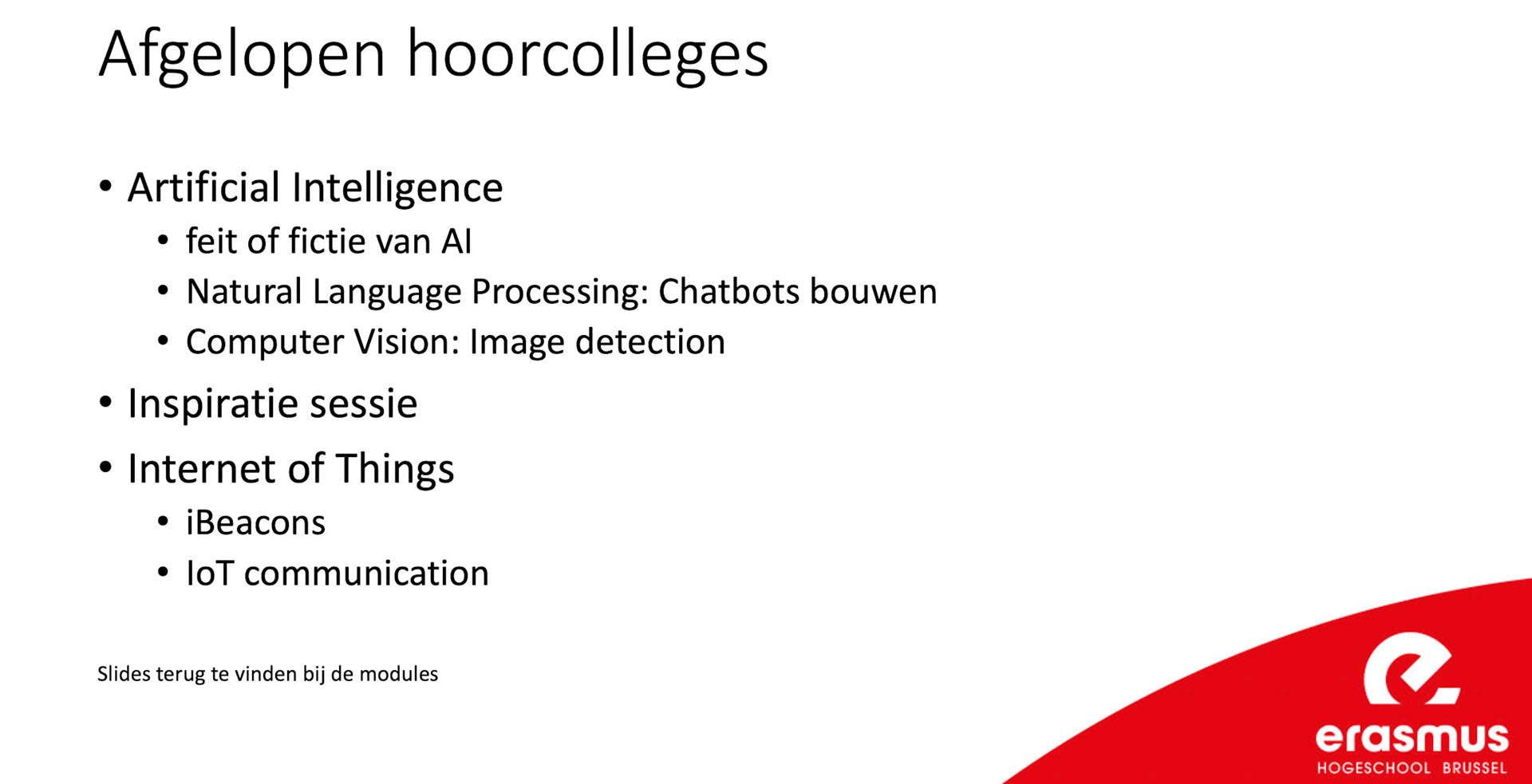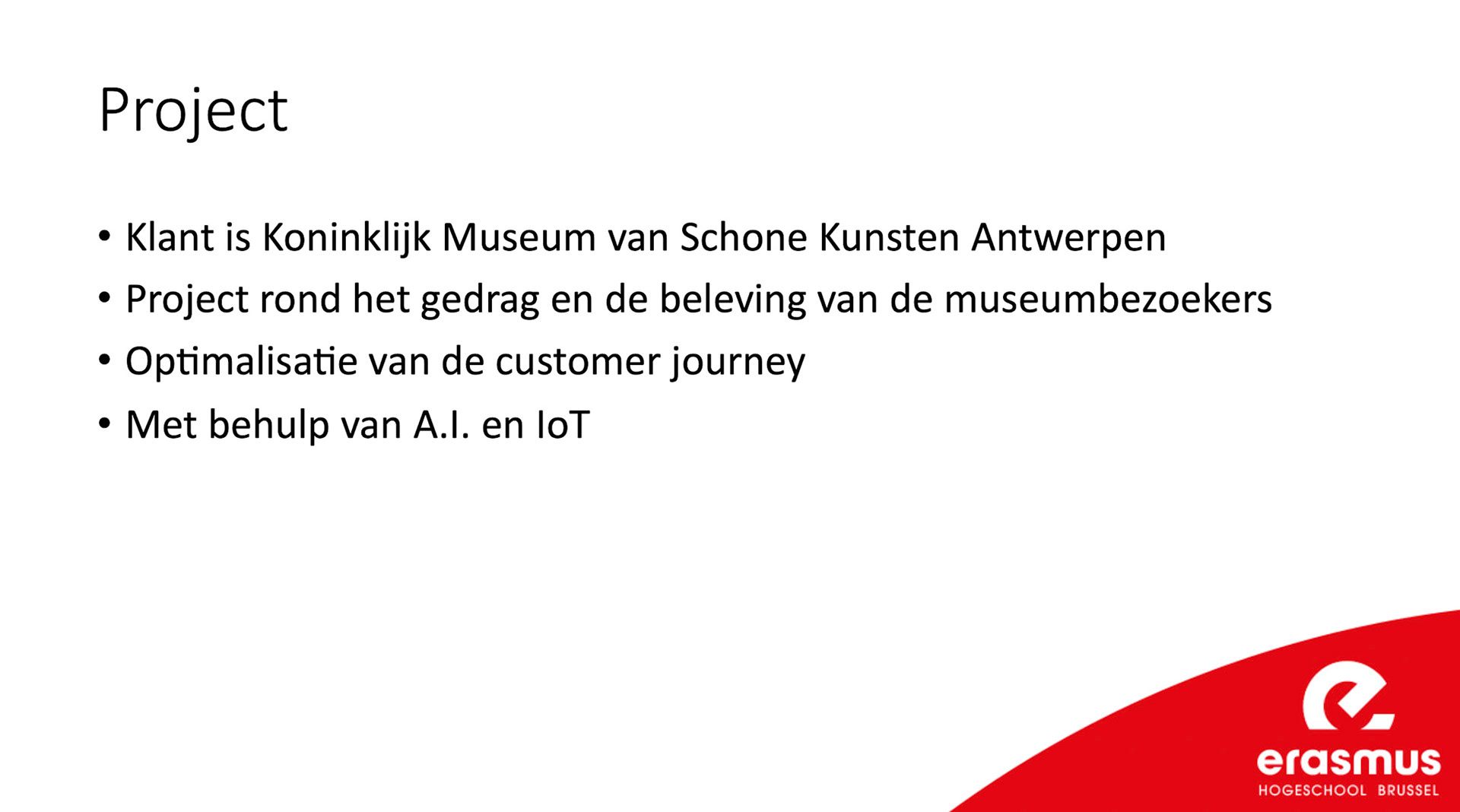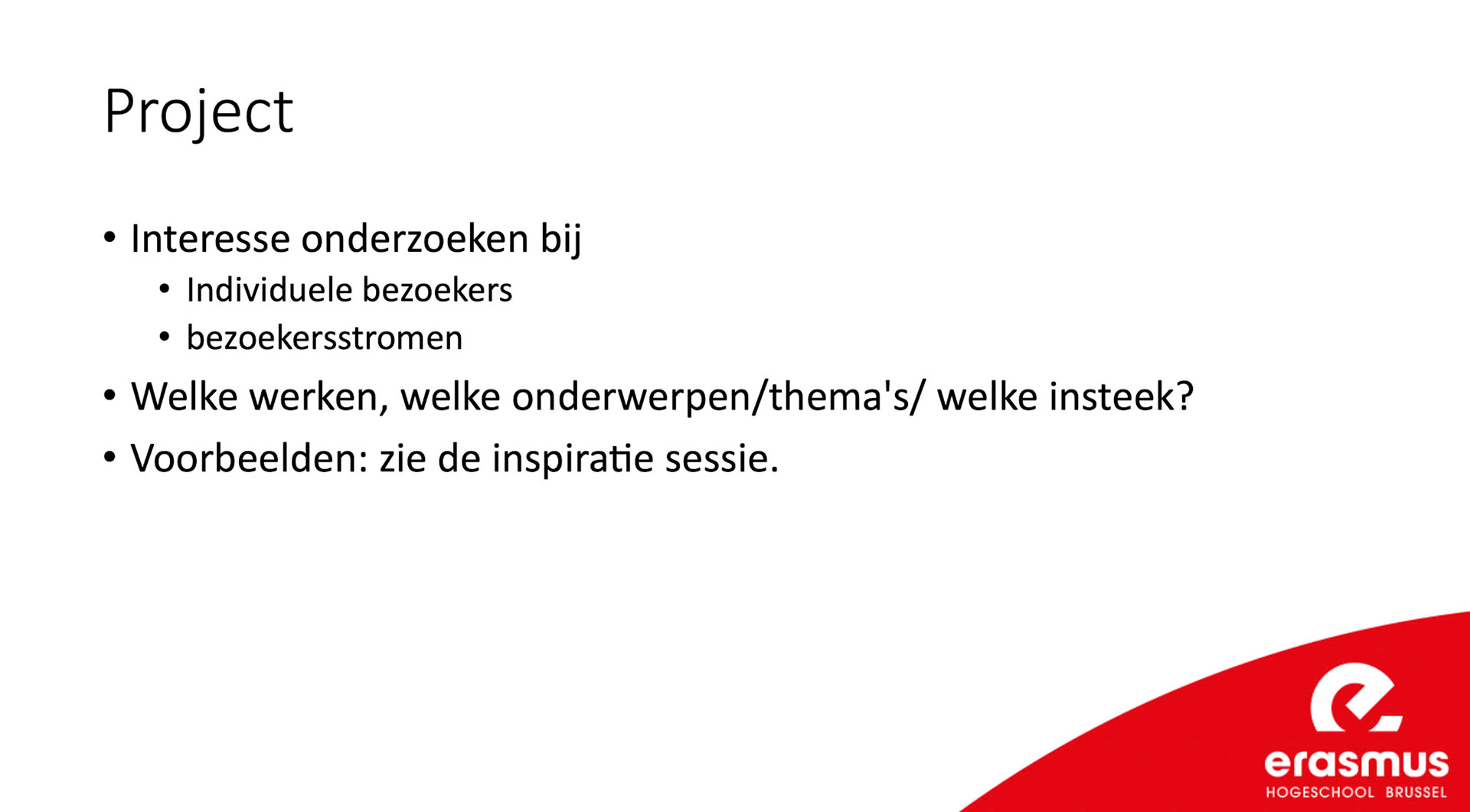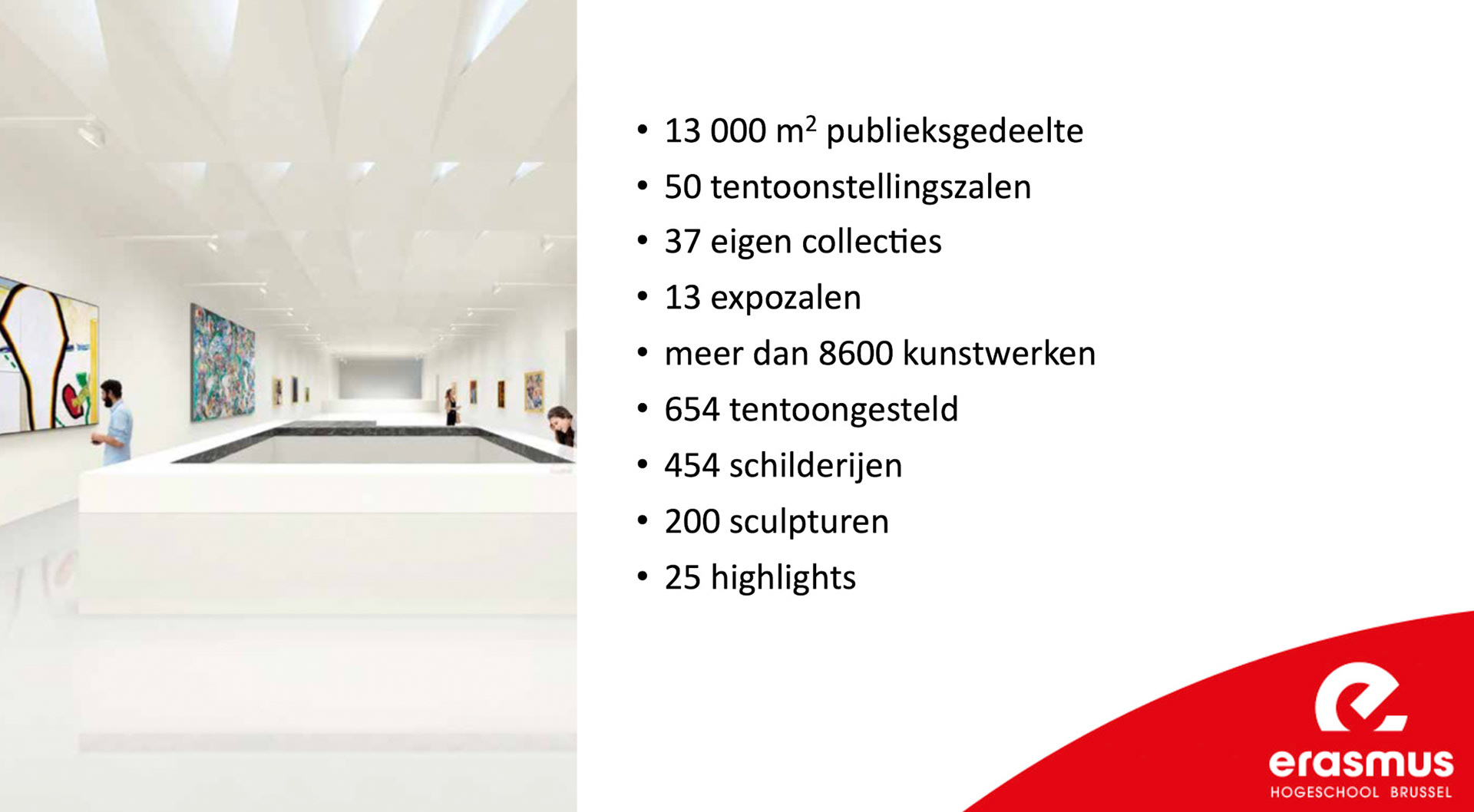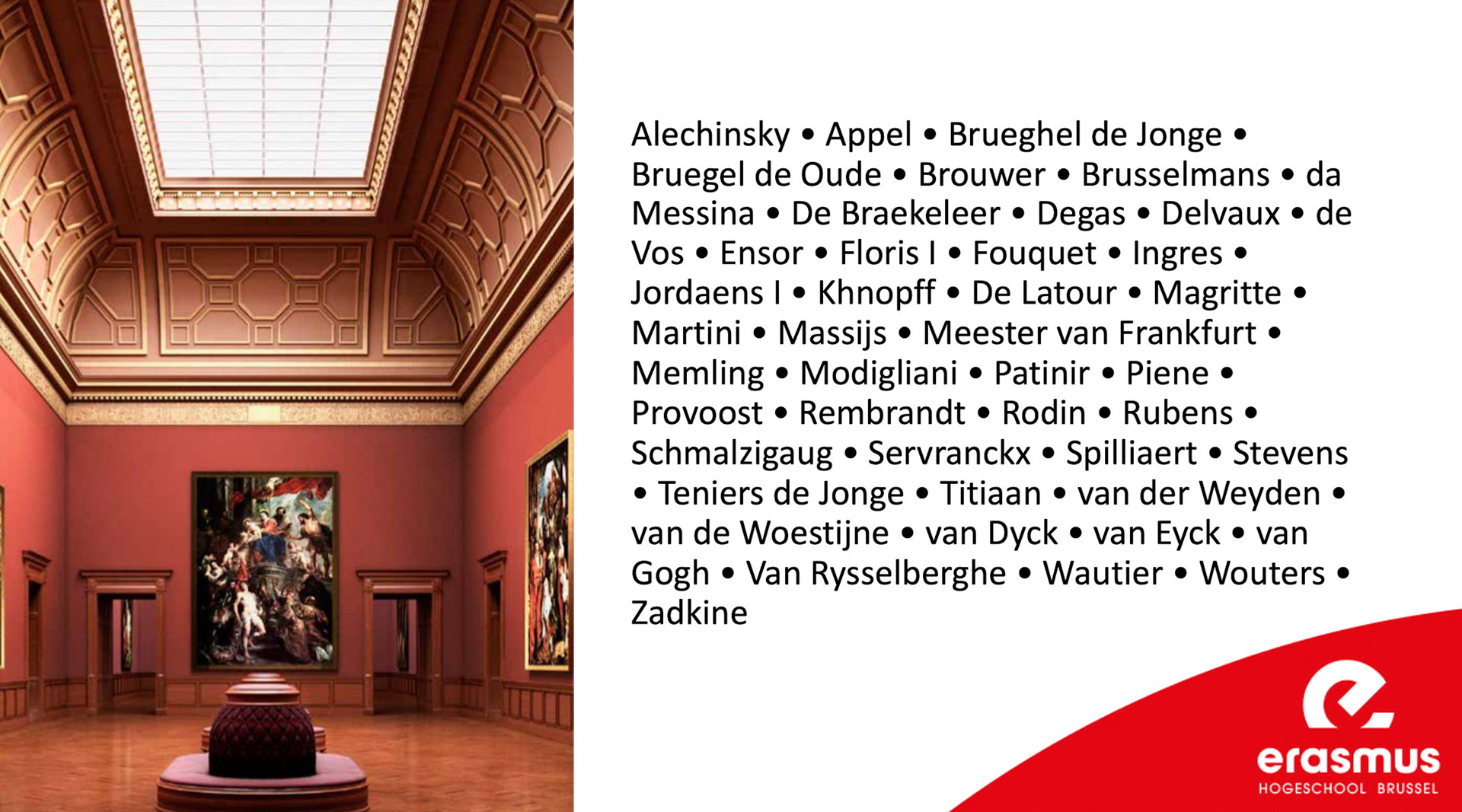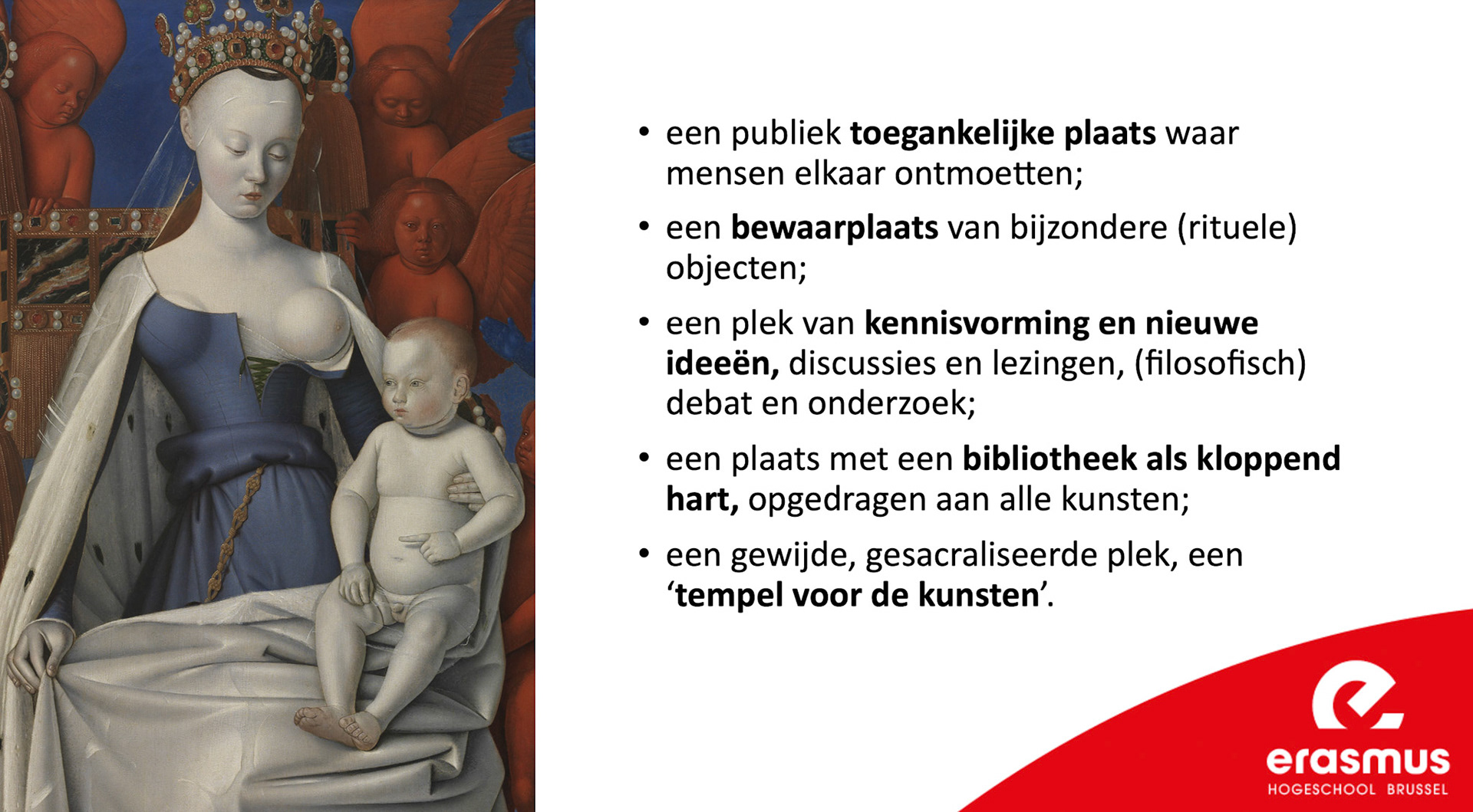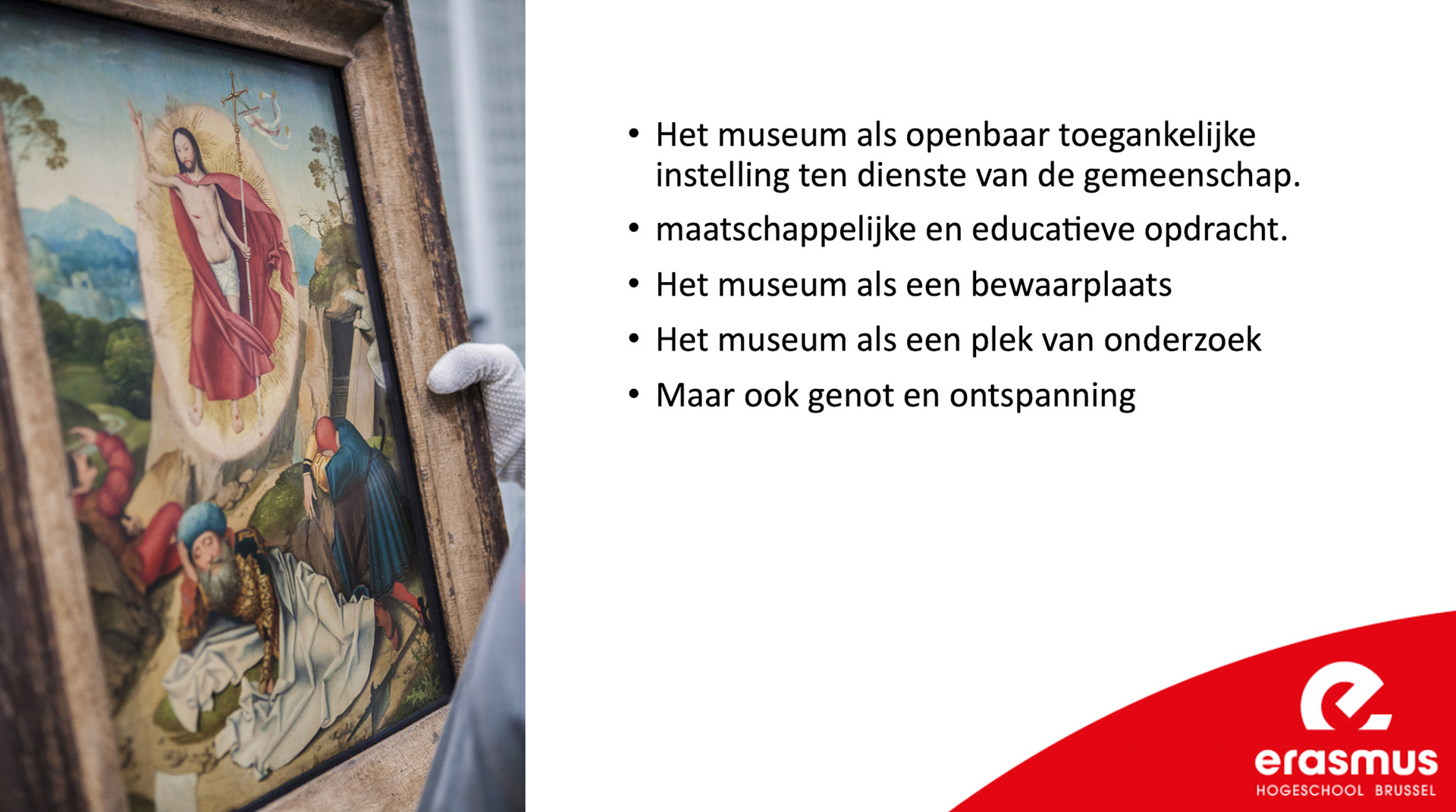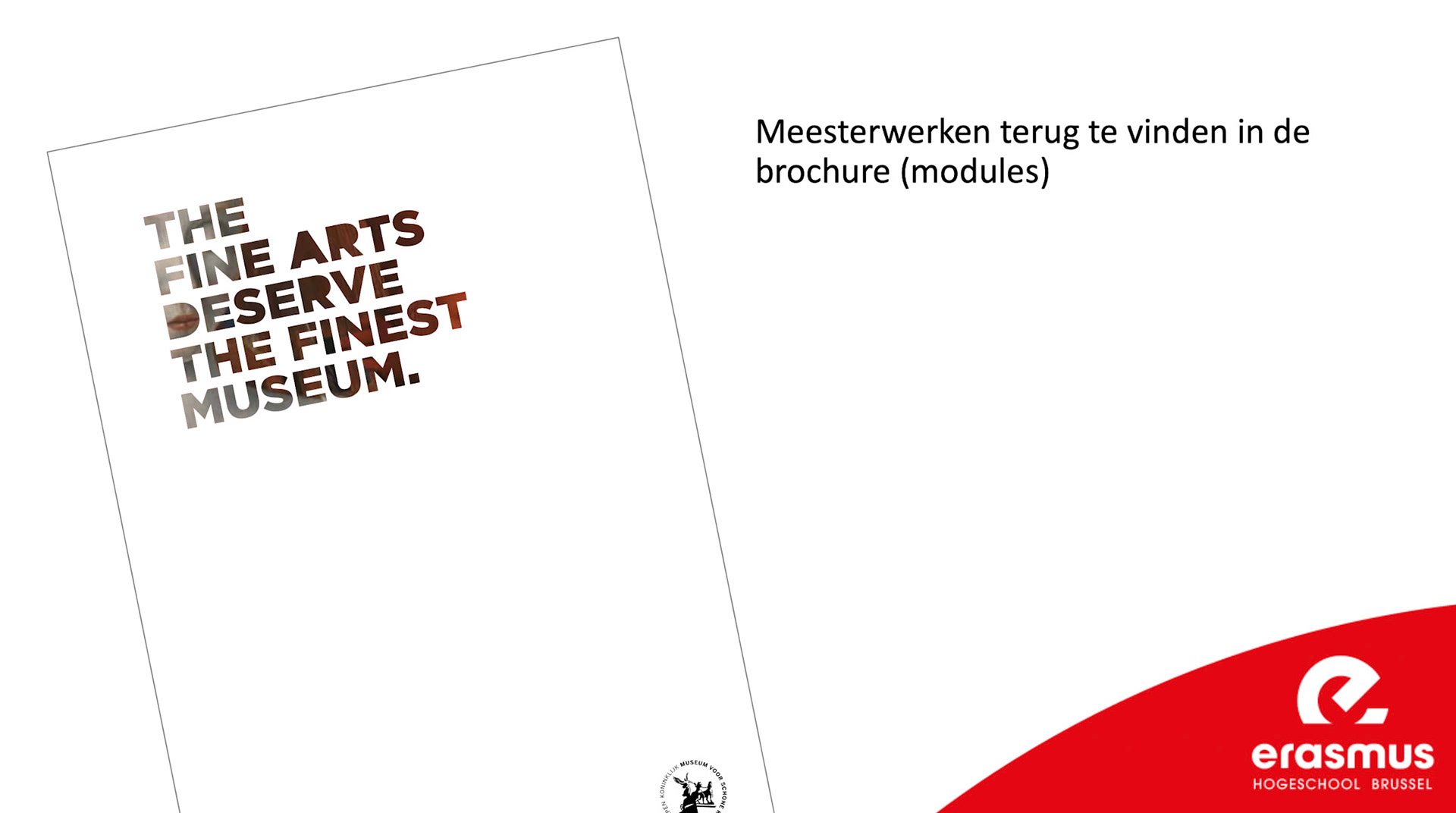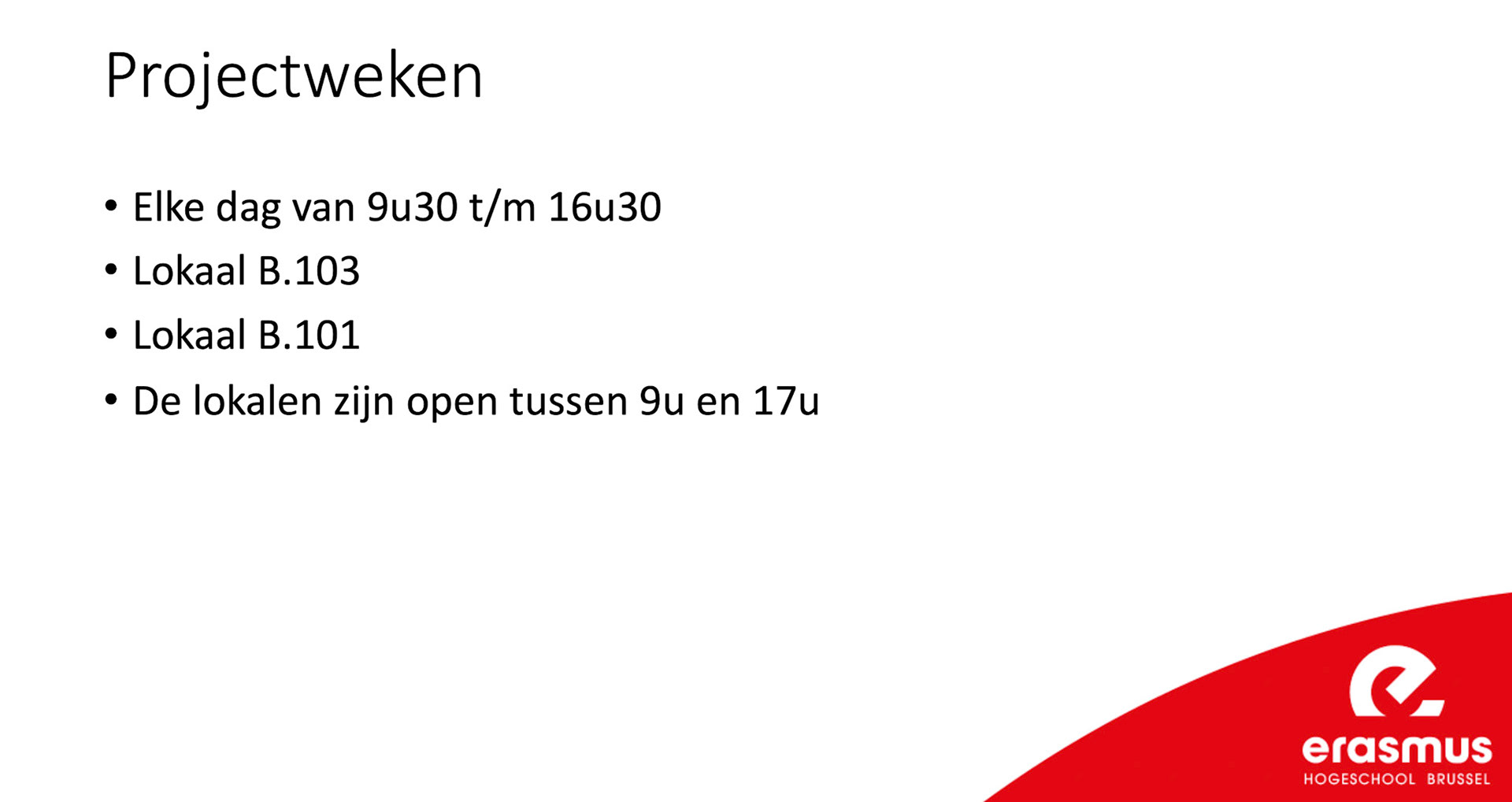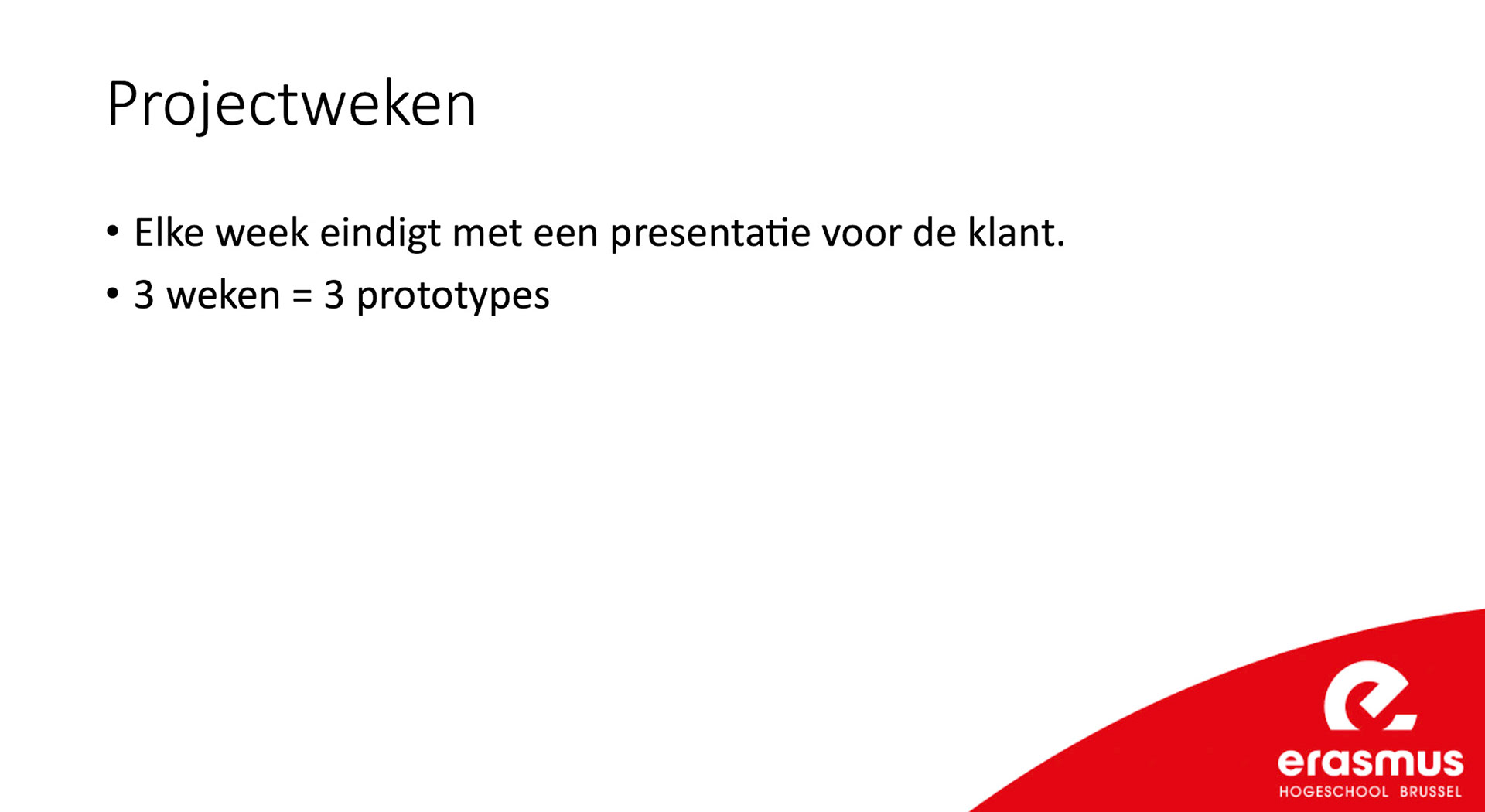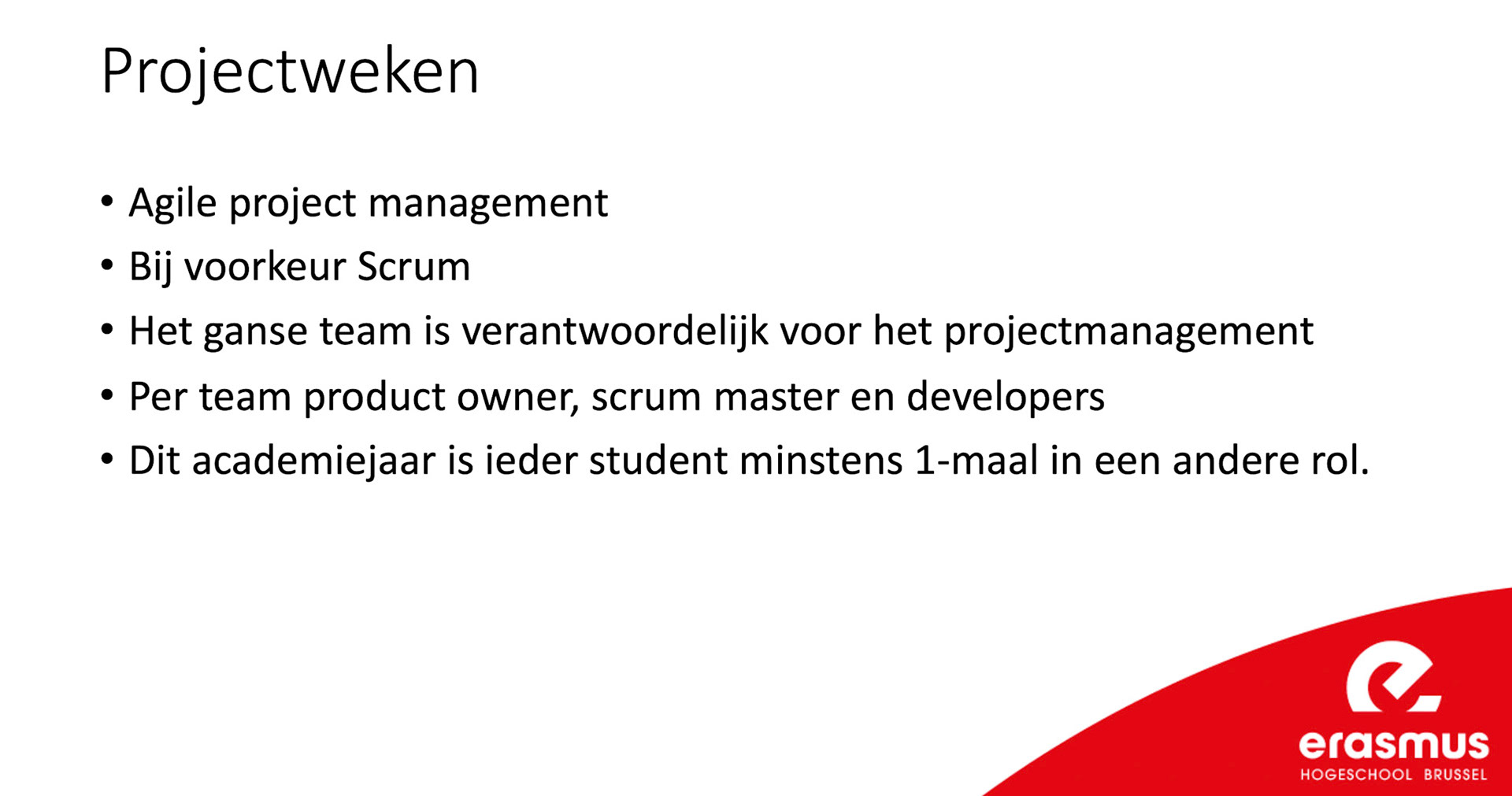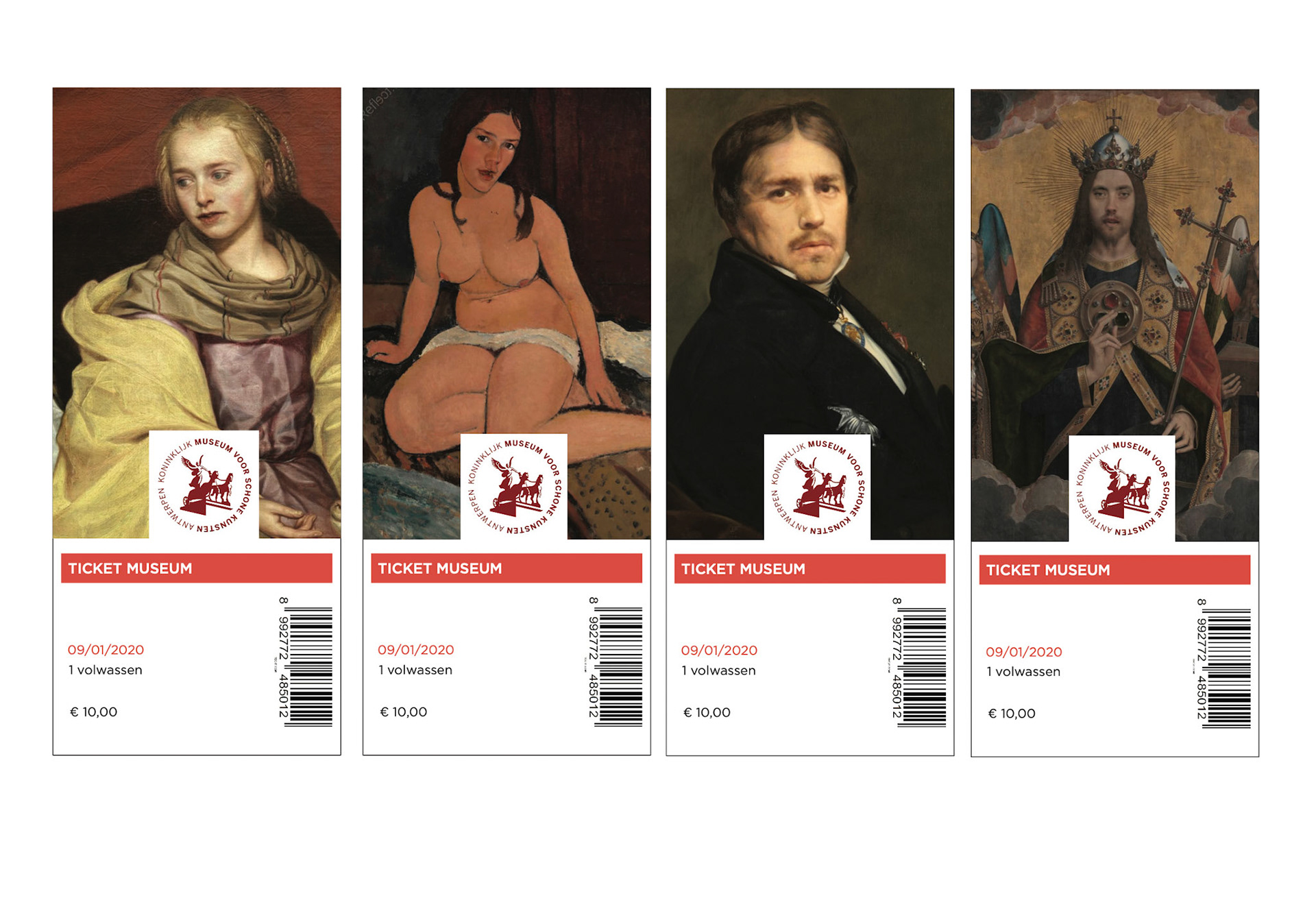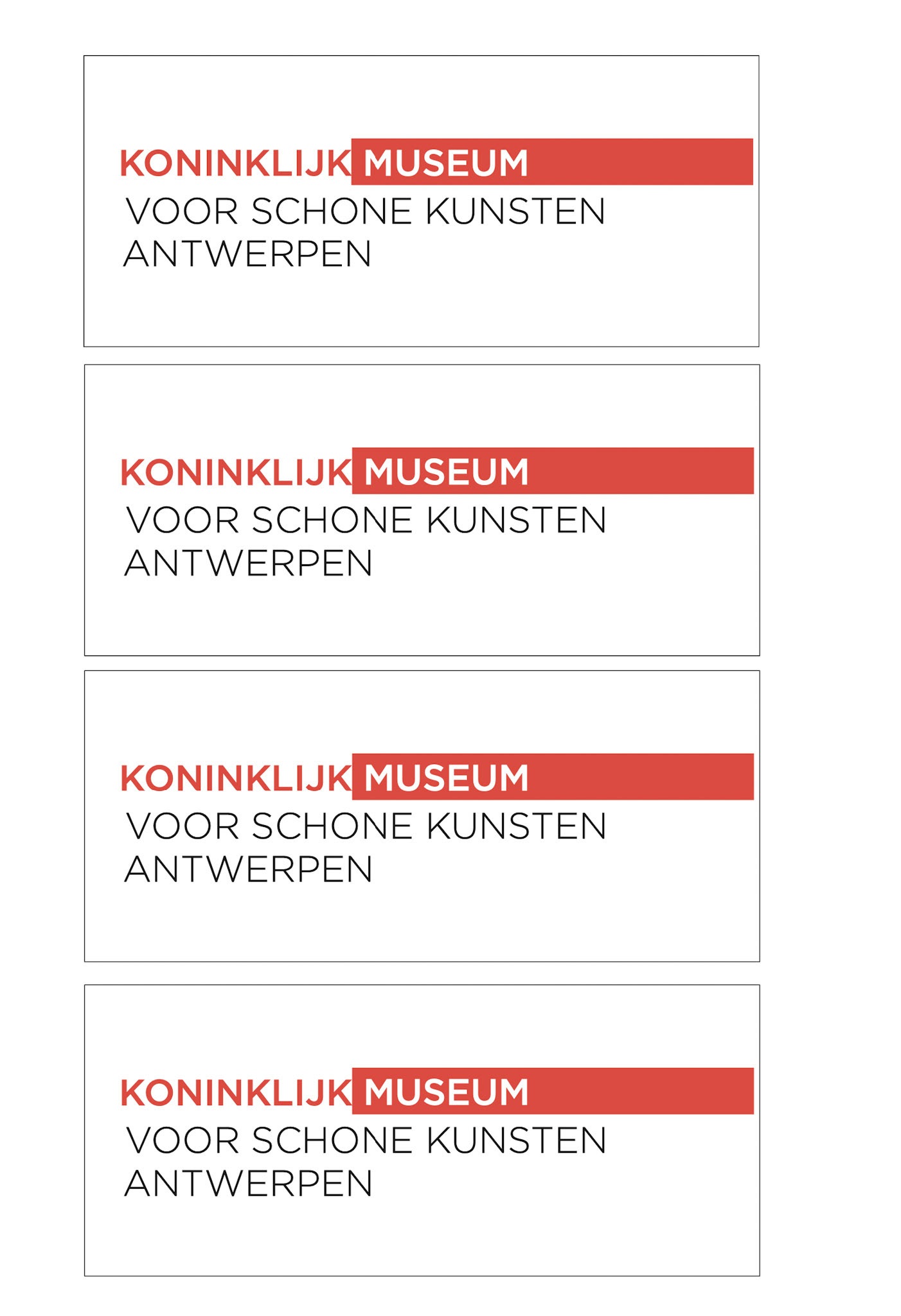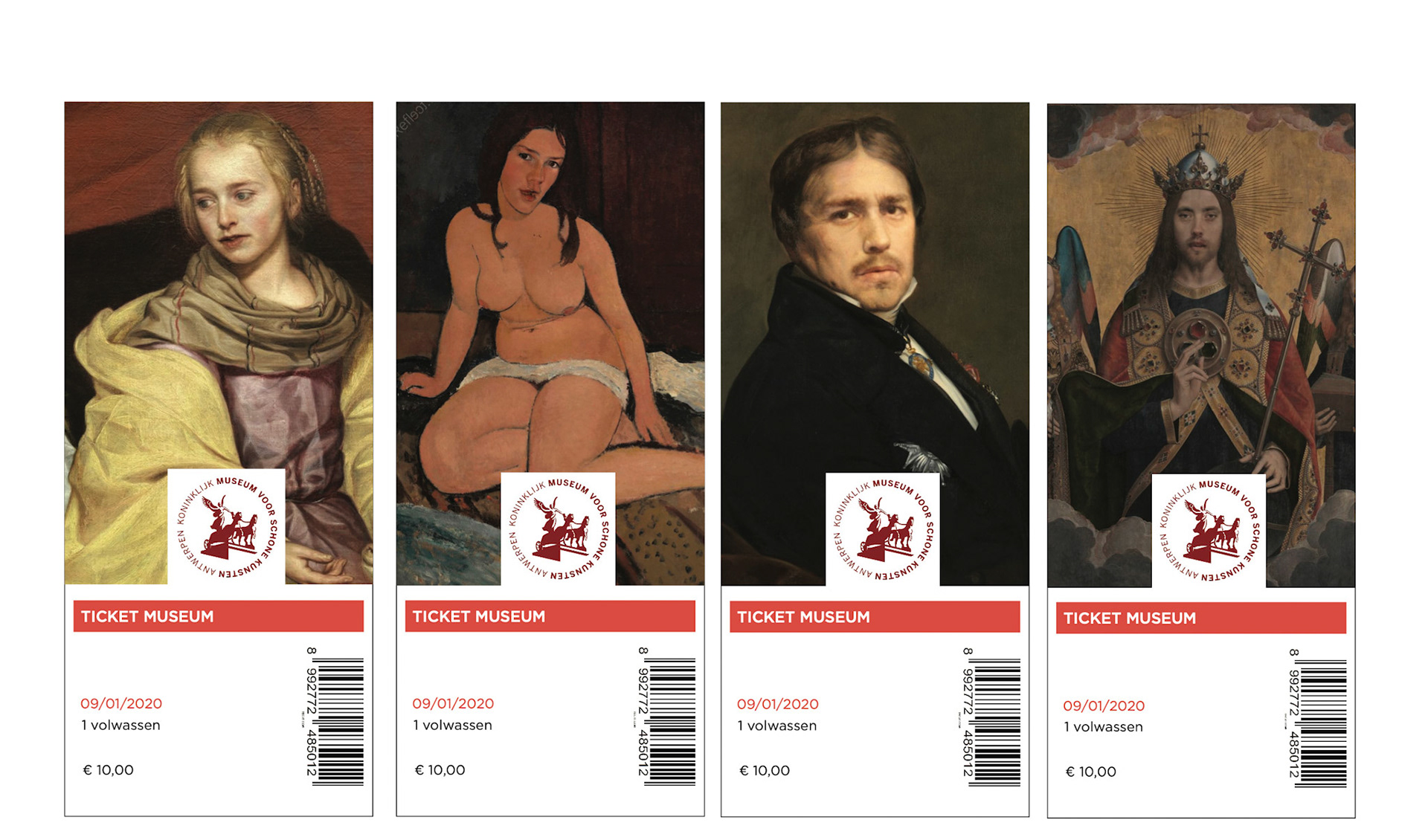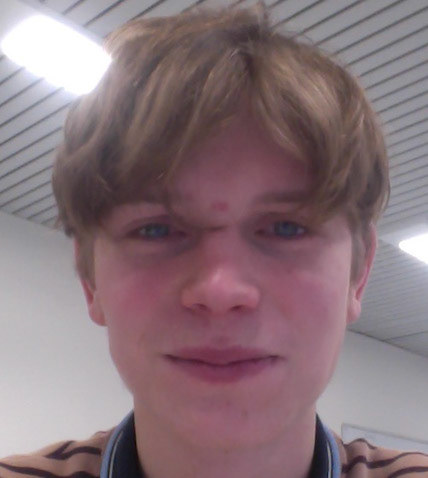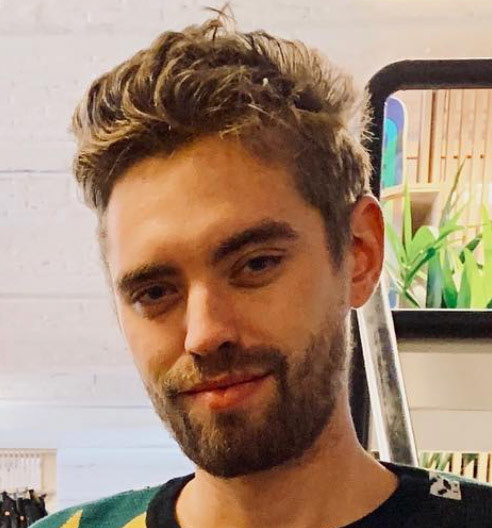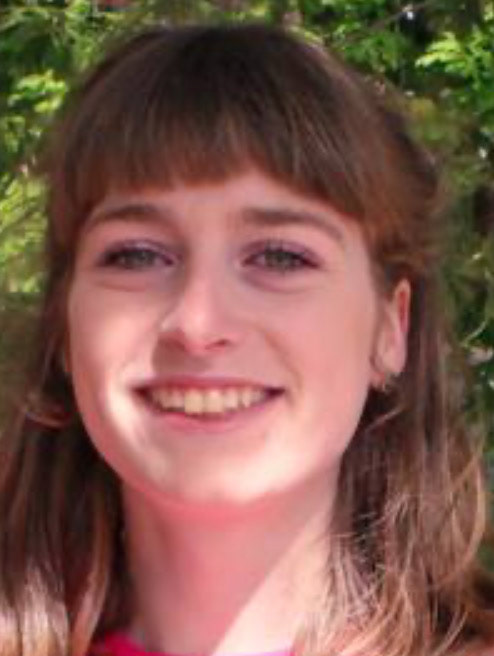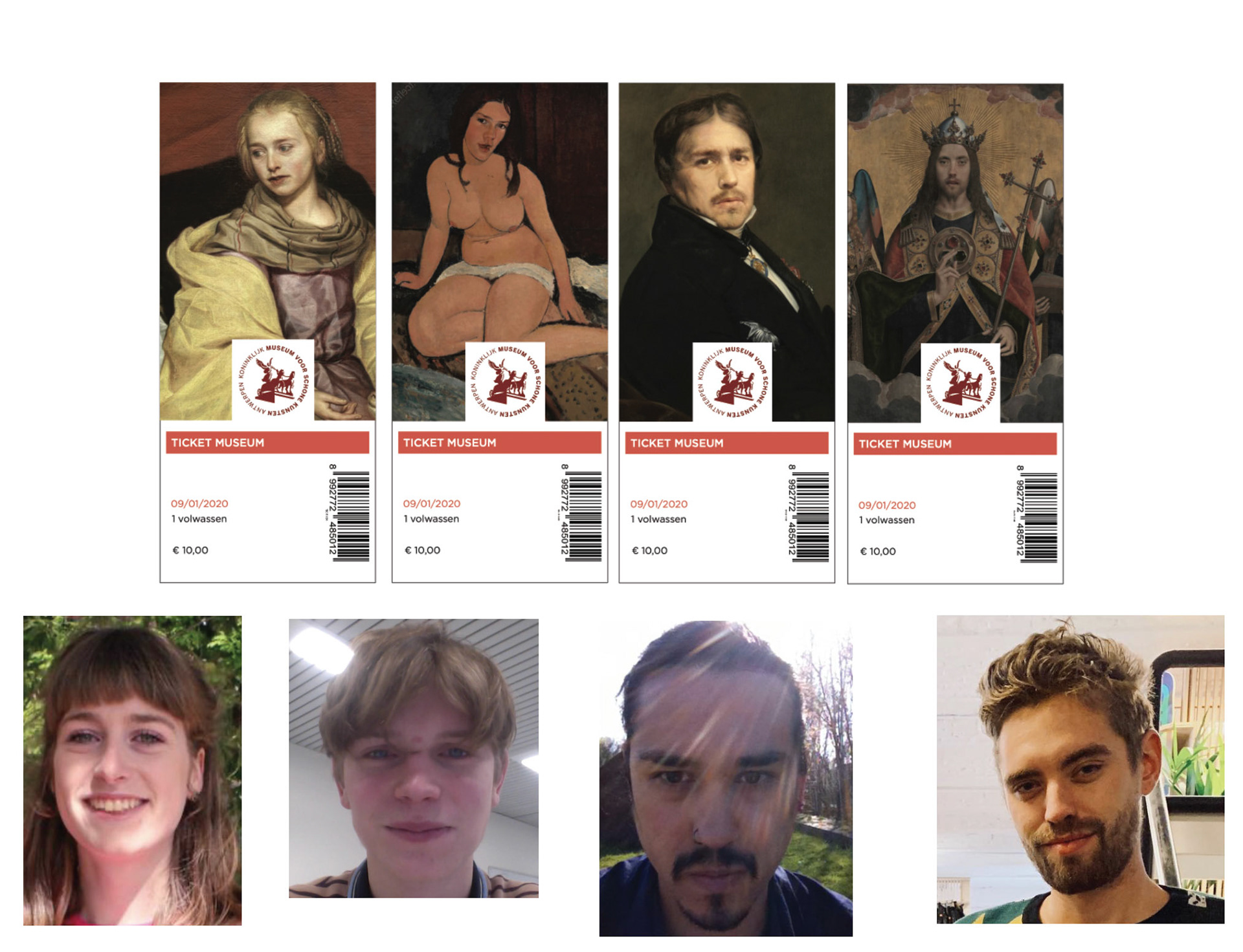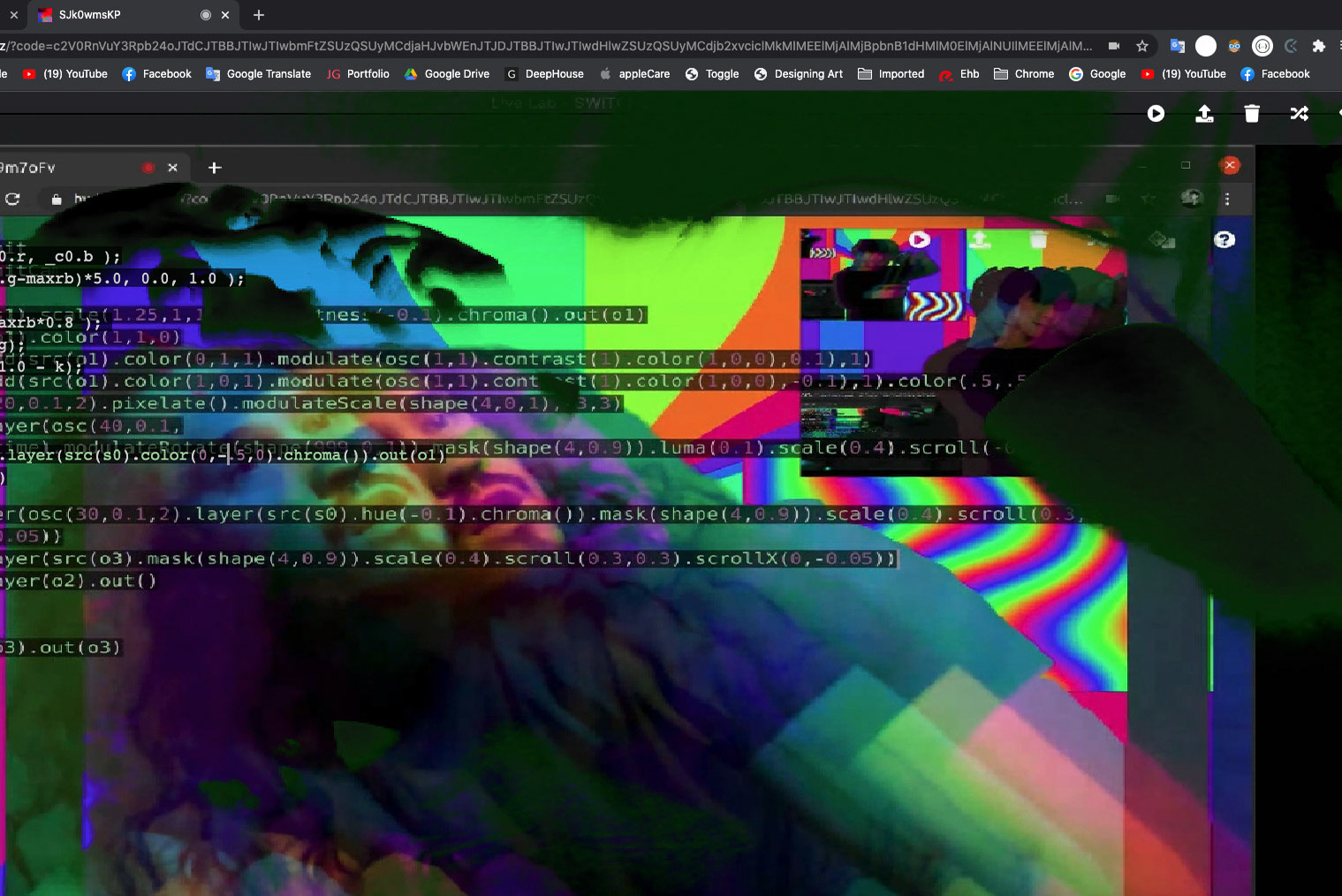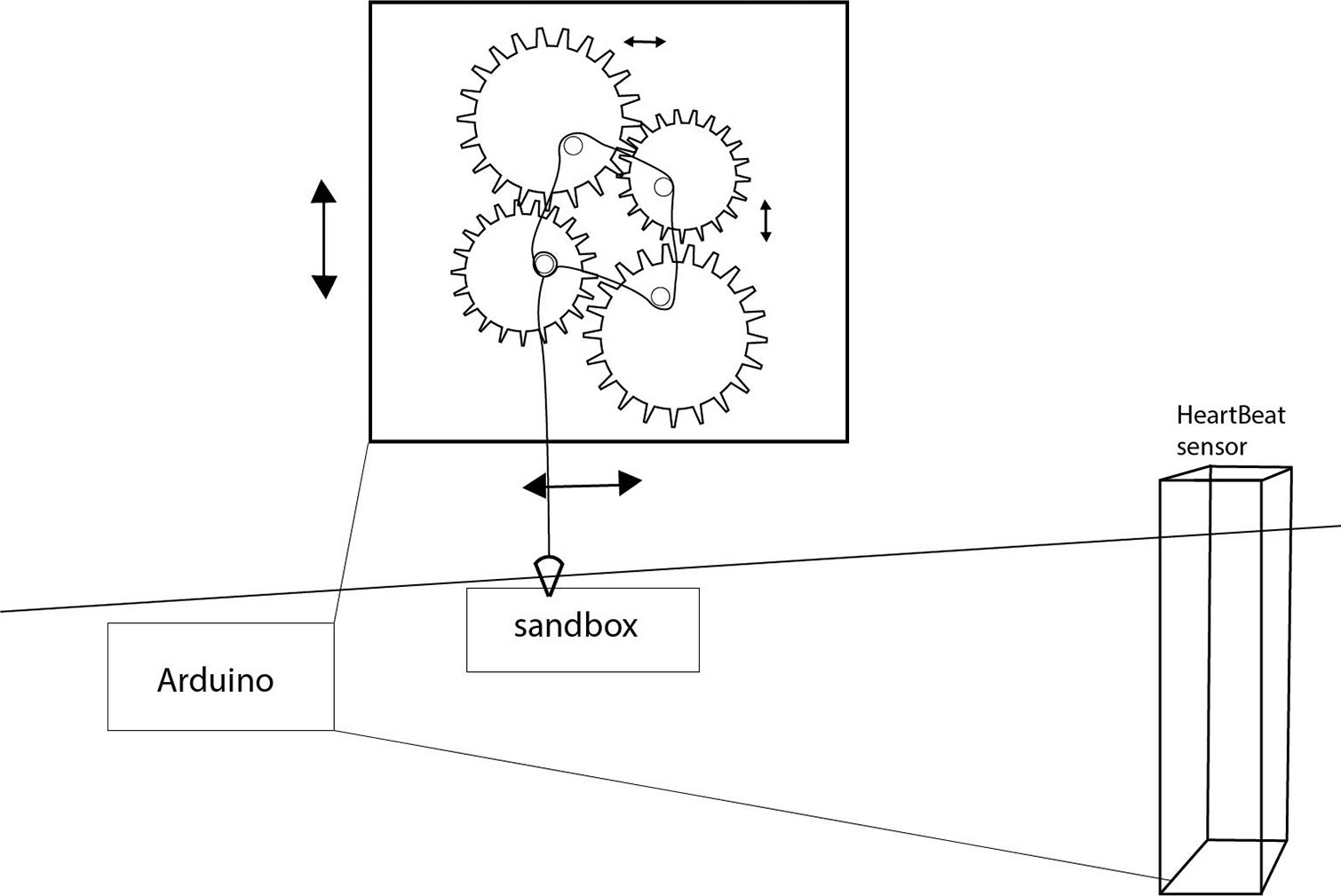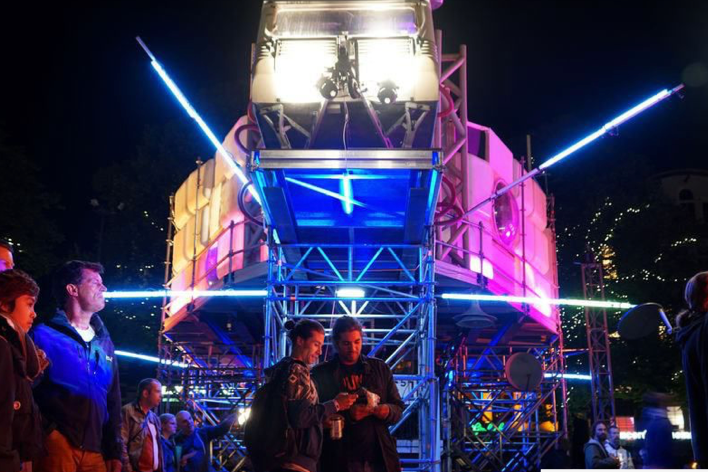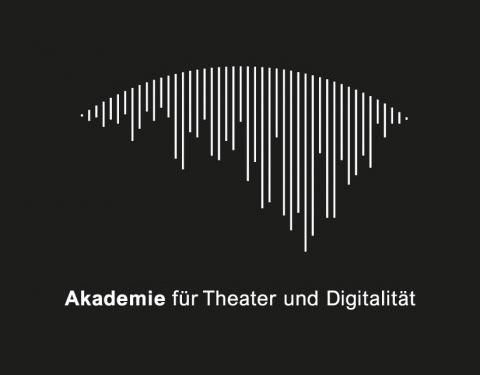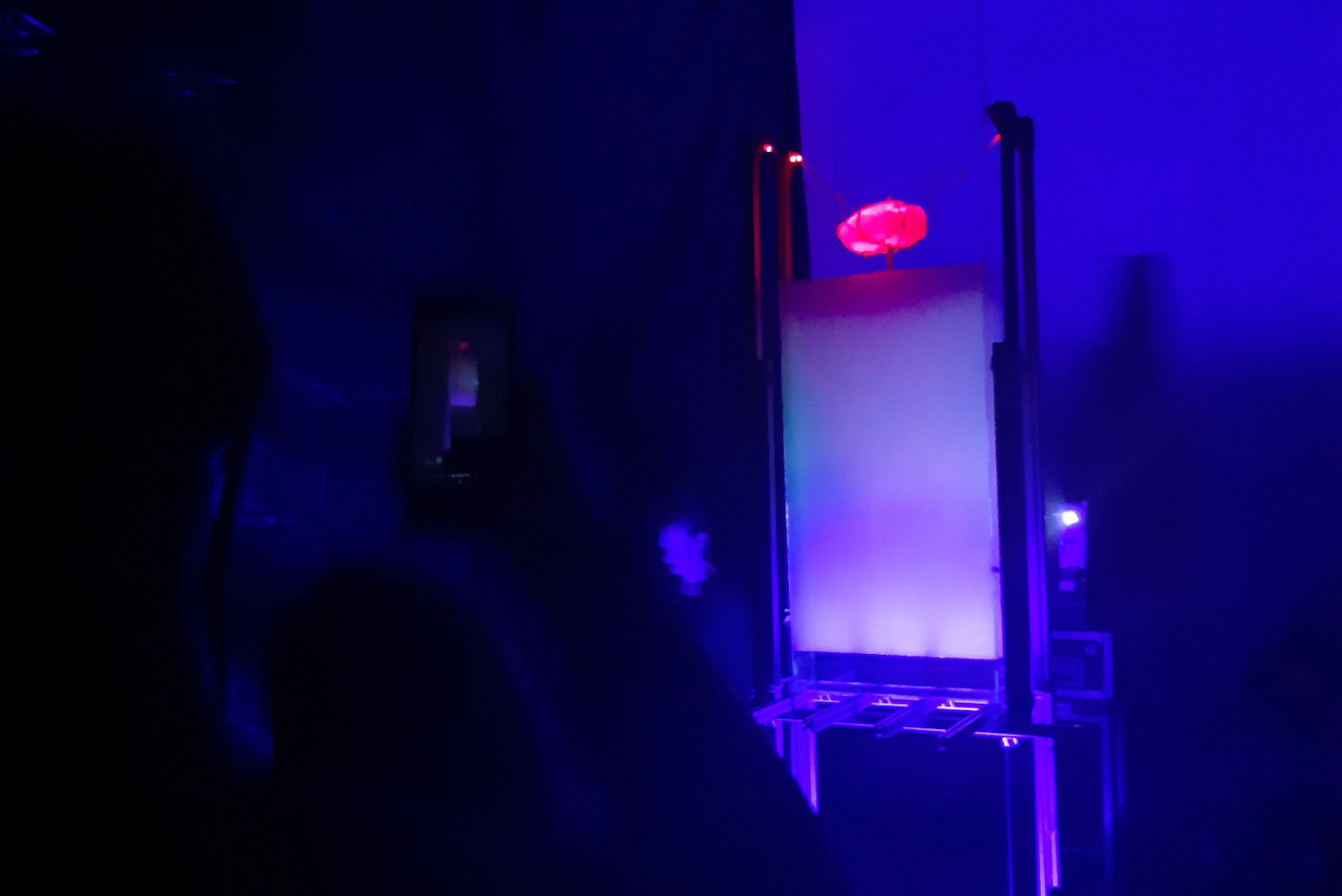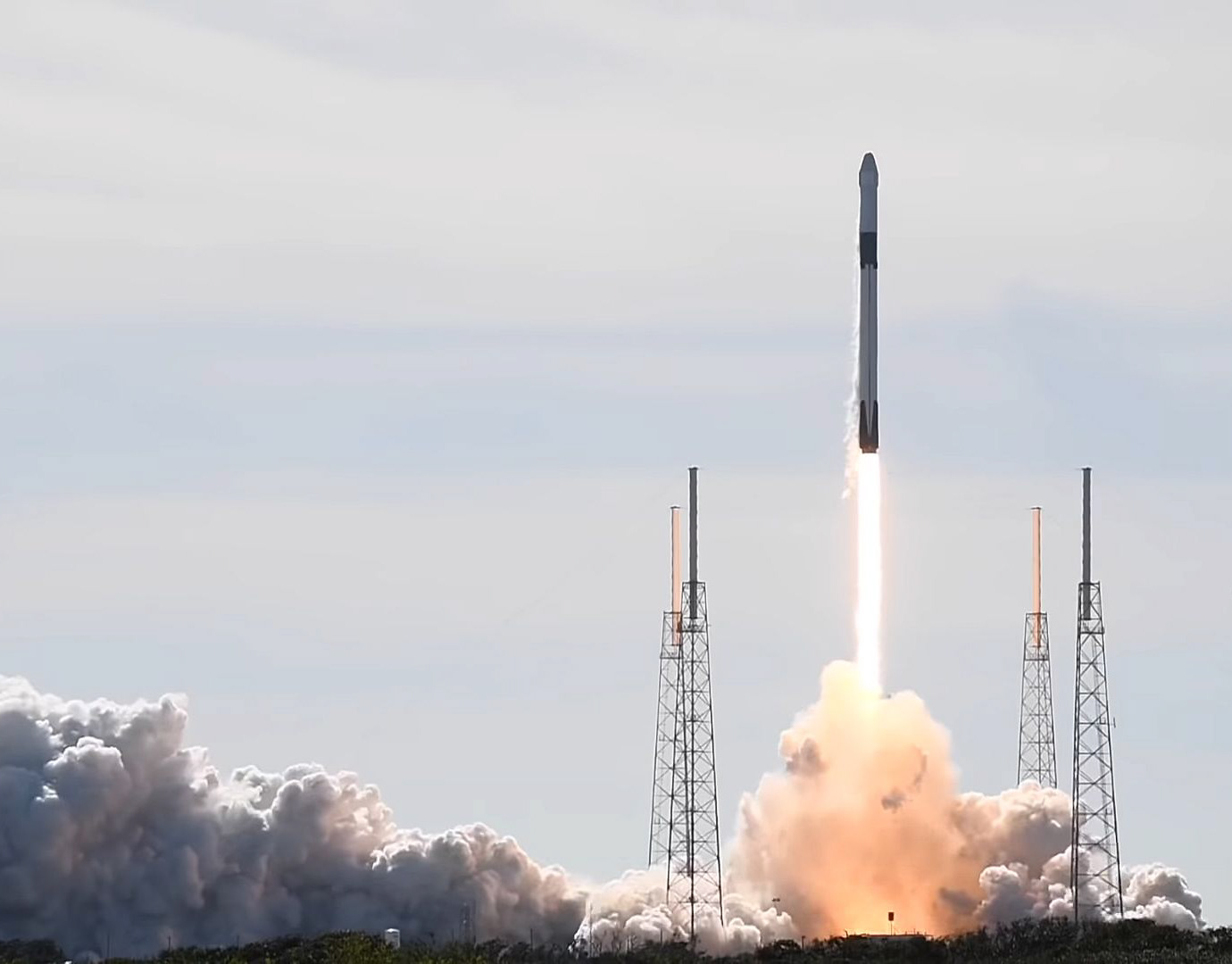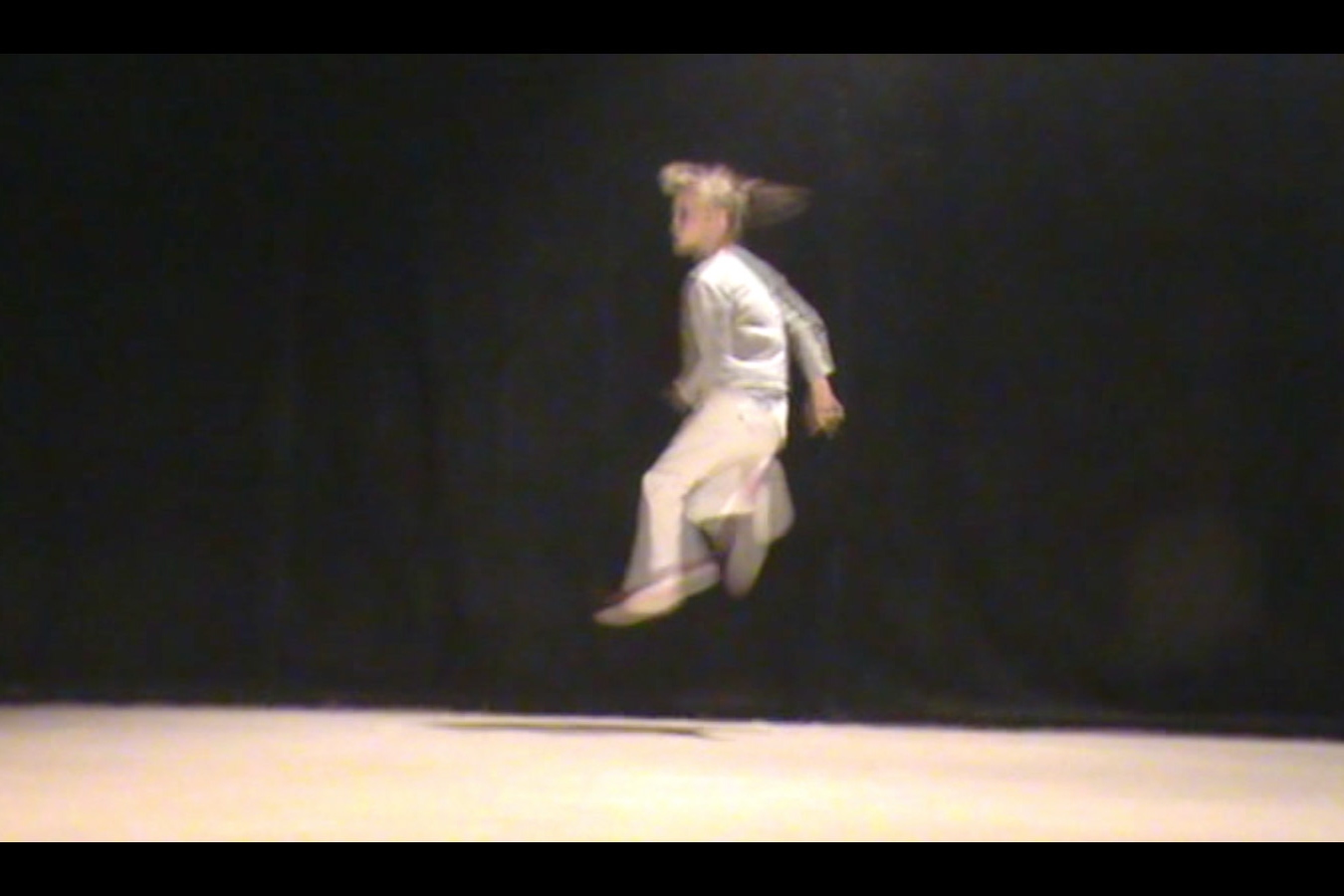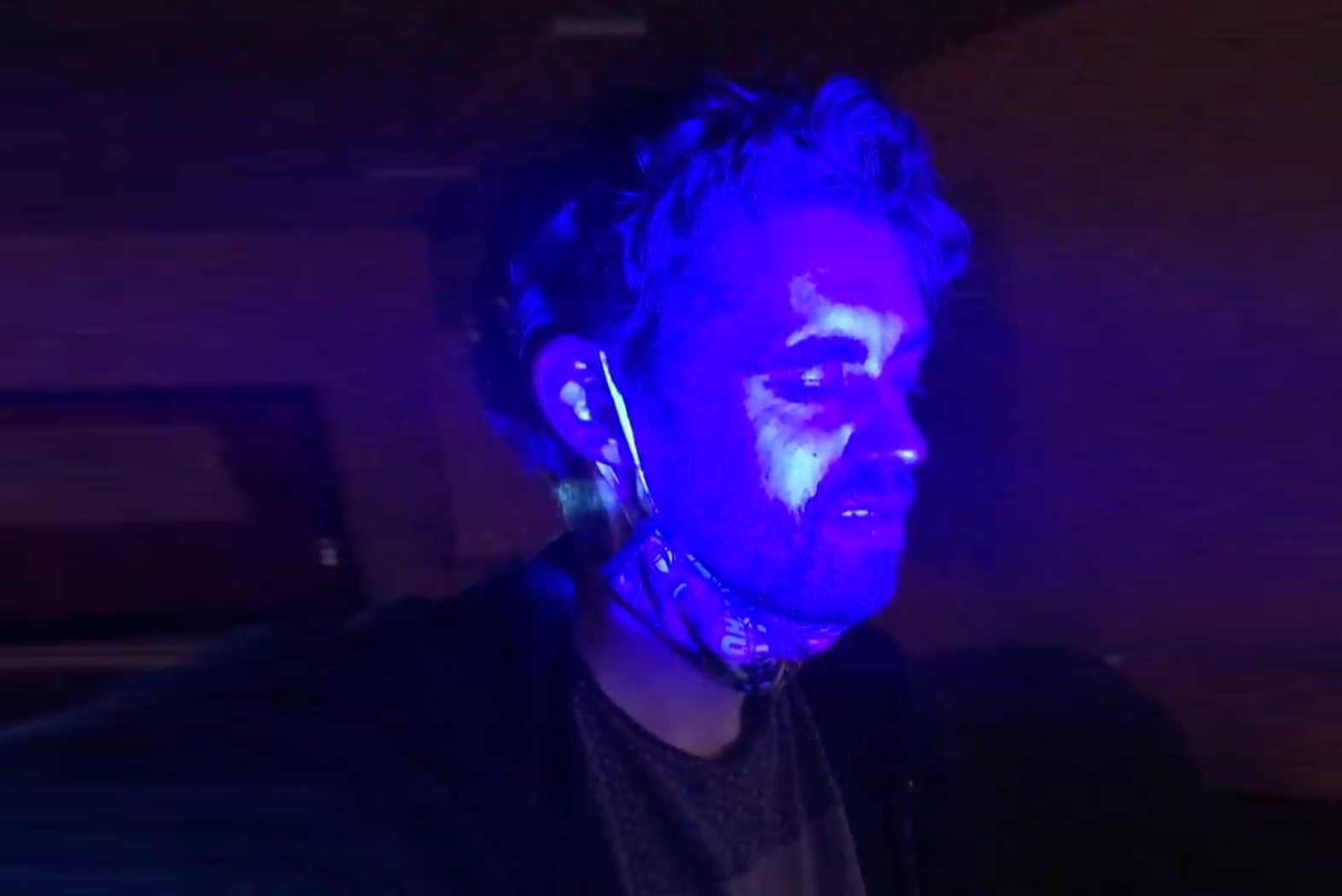tixana - light sculpture
PROJECT CONCEIVED AND DEVELOPED IN COLLABORATION WITH JUSTIN CAVANAS
@ Recyclart 19
light sculpture - Art Installation - Global Warming - Human Reproduction - Coexistence - Overpopulation - Un/Control
Geef een korte beschrijving van ongeveer 200 woorden van het project
Jouw antwoord:
We chose to work around "control" and "nature".
Control can be linked with numerous aspects of our lives.
You have control on one side and uncontrol on the other end, but even though they stand opposite to each other, the wall separating them is easily destroyed.
That is exactly what Tixana is about:
the CONTROL and UNCONTROL of the accelerated reproduction of our human species and how this affects our planet and ultimately our lives.
Can we or better should we control our reproduction?
One of the most important characteristics of living beings, a fundamental feature of all known life?
We collect data from a visitor counter, we made with an ultrasonic sensor.
We use this data to trigger a hacked smoke machine that releases a small amount of smoke every time a visitor enters the room.
This will gradually fill up a giant plexiglass structure with smoke.
At the same time a giant ice block which is suspended above will melt faster and faster, creating a rising water level in our structure.
In Addition 8 lasers are pointed at the ice and for every x amount of people a laser will turn on turning the ice more red with every laser.
At last we will use mapped mesmerizing visuals on the structure filled with smoke which will create a stunning a effect.
Het project is ontstaan ten tijden van de klimaatbetogingen in Brussel.
De boodschap die we willen doorgeven en het beeld dat we duidelijk willen maken is dat wij de oorzaak van al deze huidige ecologische problemen zijn. Dat zelfs enkel onze aanwezigheid nefast is voor onze aarde.
Als we aan de opwarming van de aarde denken en het broeikas effect is overbevolking een woord dat we bijna nooit rechtstreeks linken hieraan. Hoewel het een van de grootste achterliggende oorzaken hiervan is.
Met Tixana wilden we iedereen doen beseffen wat onze aanwezigheid op aarde betekent voor de aarde zelf. Dat kinderen krijgen niet alleen gevolgen heeft voor jou leven maar ook dat van de aarde. Men durft wel eens te zeggen dat kinderen krijgen de meest egoïstische daad van de mens is en eigenlijk is dat niet zo onwaar. Tegenwoordig doen we heel wat om onze ecologische voetafdruk te reduceren. We recycleren, we vermijden plastic zakken, we gebruiken herbruikbare energie en elektronische auto’s enzoverder. Maar we horen nooit iemand zeggen dat ze weigeren kinderen te hebben om de aarde te redden.
Kunnen we, of beter zouden we onze voortplanting moeten controleren?
Een van de belangrijkste kenmerken van levende organismen en een fundamenteel kenmerk van ons leven?
The project originated during the climate demonstrations in Brussels.
The message that we want to convey and the image that we want to make clear is that we are the cause of all these current ecological problems. That even our sole presence is harmful to our earth.
When we think of global warming and the greenhouse effect, overpopulation is a word that we almost never directly link to this. Even though it is one of the biggest underlying reasons for this.
With Tixana we wanted everyone to realize what our presence on earth means for the earth itself. That having children not only has consequences for your life but also that of the earth. It is sometimes said that having children is the most selfish act. These days we do a lot to reduce our ecological footprint. We recycle, we avoid plastic bags, we use reusable energy, electronic cars and so on. But we never hear anyone say that they refuse to have children to save the earth.
Can we or better should we control our reproduction?
One of the most important characteristics of living beings, a fundamental feature of all known life?
----------------------------------------------------------------------------------------------------------------
Tixana toont,
Op een abstracte en toch heldere manier
De gevolgen van overbevolking door middel van een interactieve installatie. De uit plexiglas gemaakte balk vormt het hart van de installatie en representeert onze aarde.
Deze word gradueel beïnvloedt door 2 factoren. Enerzijds door een ultrasoon sensor gelinkt aan een rookmachine die voor elke opgemerkte bezoeker een kleine hoeveelheid rook in de constructie blaast. Anderzijds door het enorme blok ijs dat boven de balk hangt. Deze begint sneller te smelten als het aantal toeschouwers in de ruimte stijgt. Er zijn namelijk 8 lasers gericht op het ijs die telkens op het moment dat de totale hoeveelheid bezoekers een nieuw hoogtepunt bereikt één voor één activeren. Vervolgens valt al dat gesmolten ijswater in de constructie. Wat men dan kan opmerken is dat er zich meer en meer rook en water verzamelt waardoor de constructie troebel wordt en het waterspiegel stijgt. Als laatste worden er kleurrijke en fascinerende beelden geprojecteerd op de constructie. Hoe meer rook, hoe duidelijker en betoverender de beelden worden.
Tixana laat d.m.v een interactieve installatie de toeschouwer zelf ontdekken dat hij medeplichtig is aan de “vervuiling” van de aarde. Gedreven door nieuwsgierigheid en eigenbelangen is de toeschouwer de kamer binnengegaan om het werk te aanschouwen. Hierdoor is de teller en ook het rookmachine geactiveerd. De toeschouwer is gehypnotiseerd door de fascinerende beelden en denkt niet na over het feit dat zijn aanwezigheid in de ruimte deel van het probleem is. Dat achter al dat moois iets lelijks ligt. Alleen zijn eigenbelangen tellen.
----------------------------------------------------------------------------------------------------------------
Plexiglas constructie = aarde
Aantal bezoekers(door ultrasoon sensor) = wereldpopulatie
Rook = broeikasgassen
ijs = poolkappen
Gesmolten water = stijging zeespiegel
Lasers = zonnestralen
Meer rook = duidelijkere beelden Hoe meer schade hoe duidelijker het probleem wordt
kleurrijke en fascinerende beelden = Kapitalisme en Massaproductie/consumptie, Al wat de mens begeert
kleurrijke en fascinerende beelden We worden verblind door de schoonheid We zien de schade niet die we hebben toegebracht De schade is onbelangrijk zolang onze “honger” gestild word.
Tixana shows,
In an abstract yet clear way
The consequences of overcrowding through an interactive installation. The beam made of Plexiglas forms the heart of the installation and represents our earth.
This is gradually influenced by 2 factors. On the one hand by an ultrasonic sensor linked to a smoke machine that blows a small amount of smoke into the structure for every visitor noticed. On the other hand due to the enormous block of ice that hangs above the beam. This starts to melt faster as the number of spectators in the room increases. This is caused by 8 lasers aimed at the ice that activate one by one each time the total amount of visitors reaches a new peak. All that melted ice water falls into the structure. What’s noticeable is the accumulation of smoke and water, making the water level rise and the construction turbid. Finally, colorful and fascinating images are projected onto the construction. The more smoke, the clearer and more enchanting the images become.
Tixana lets the viewer discover through an interactive installation that he is complicit in the "pollution" of the earth. Driven by curiosity and self-interest, the viewer has entered the room to view the work. As a result, the counter and also the smoke machine are activated. The spectator is hypnotized by the fascinating images and does not think about the fact that his presence in the space is part of the problem. That behind all that beauty lies something ugly. Only his own interests matter.
-------------------------------------------------- -------------------------------------------------- ------------
Plexiglass construction = earth
Number of visitors (by ultrasonic sensor) = world population
Smoke = greenhouse gases
ice = polar caps
Molten water = rise in sea level
Lasers = sun rays
More smoke = clearer images The more damage the clearer the problem becomes colorful and fascinating images = Capitalism and Mass production / consumption, All that humans desires
colorful and fascinating images We are blinded by the beauty We do not see the damage we have done The damage is unimportant as long as our "hunger" is satisfied.
2019
Project conceived and developed in collaboration with Justin Cavanas
